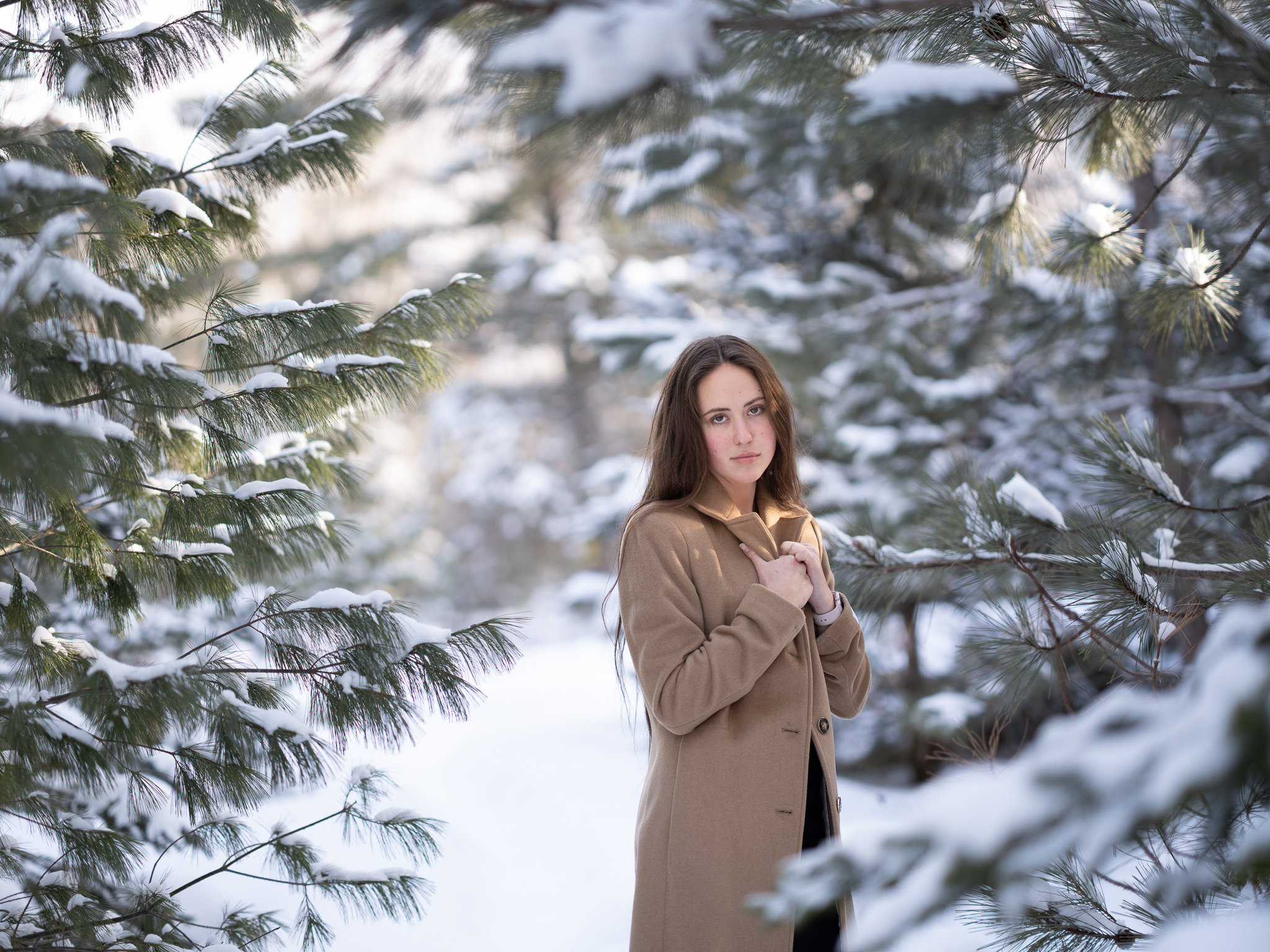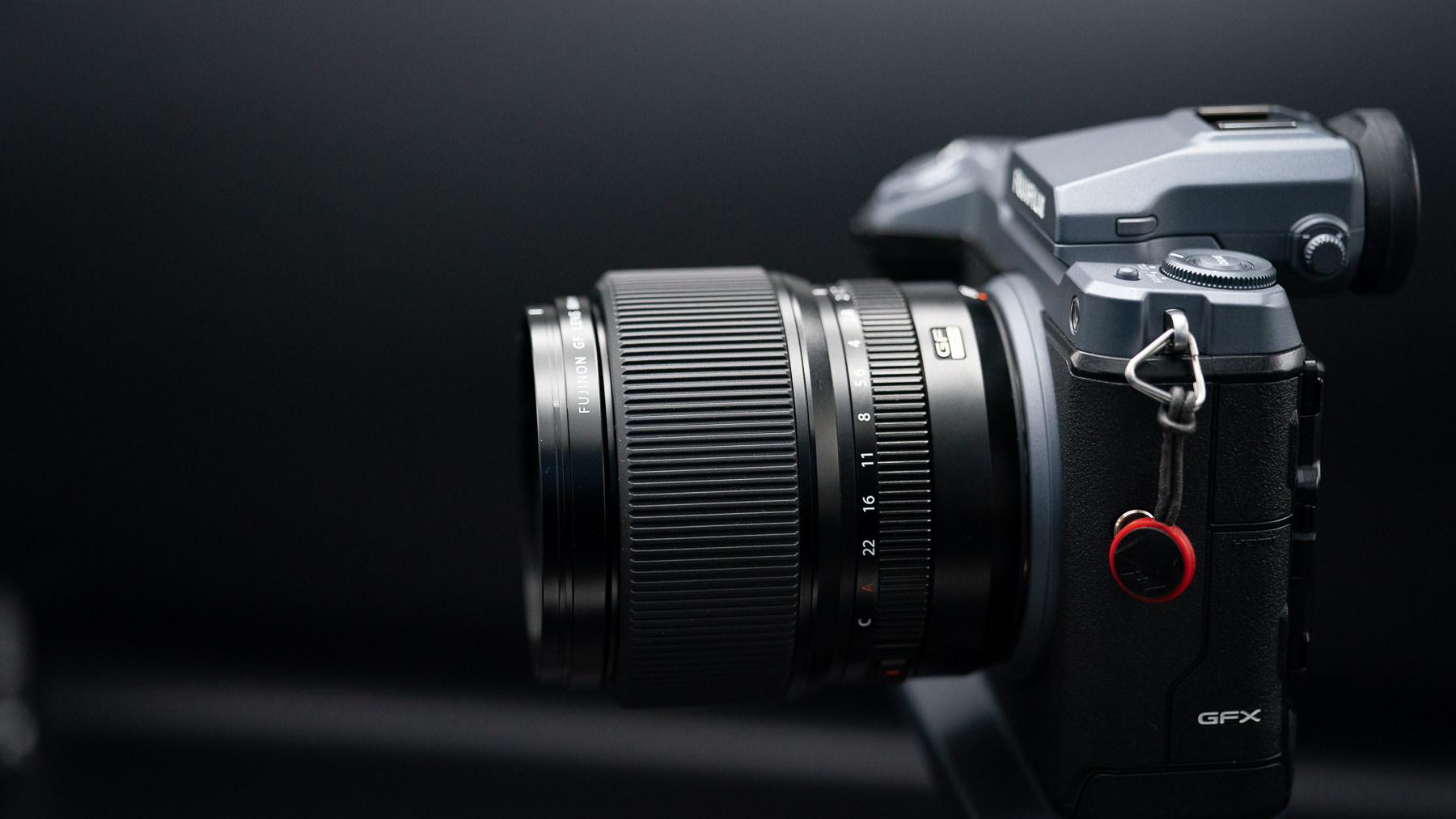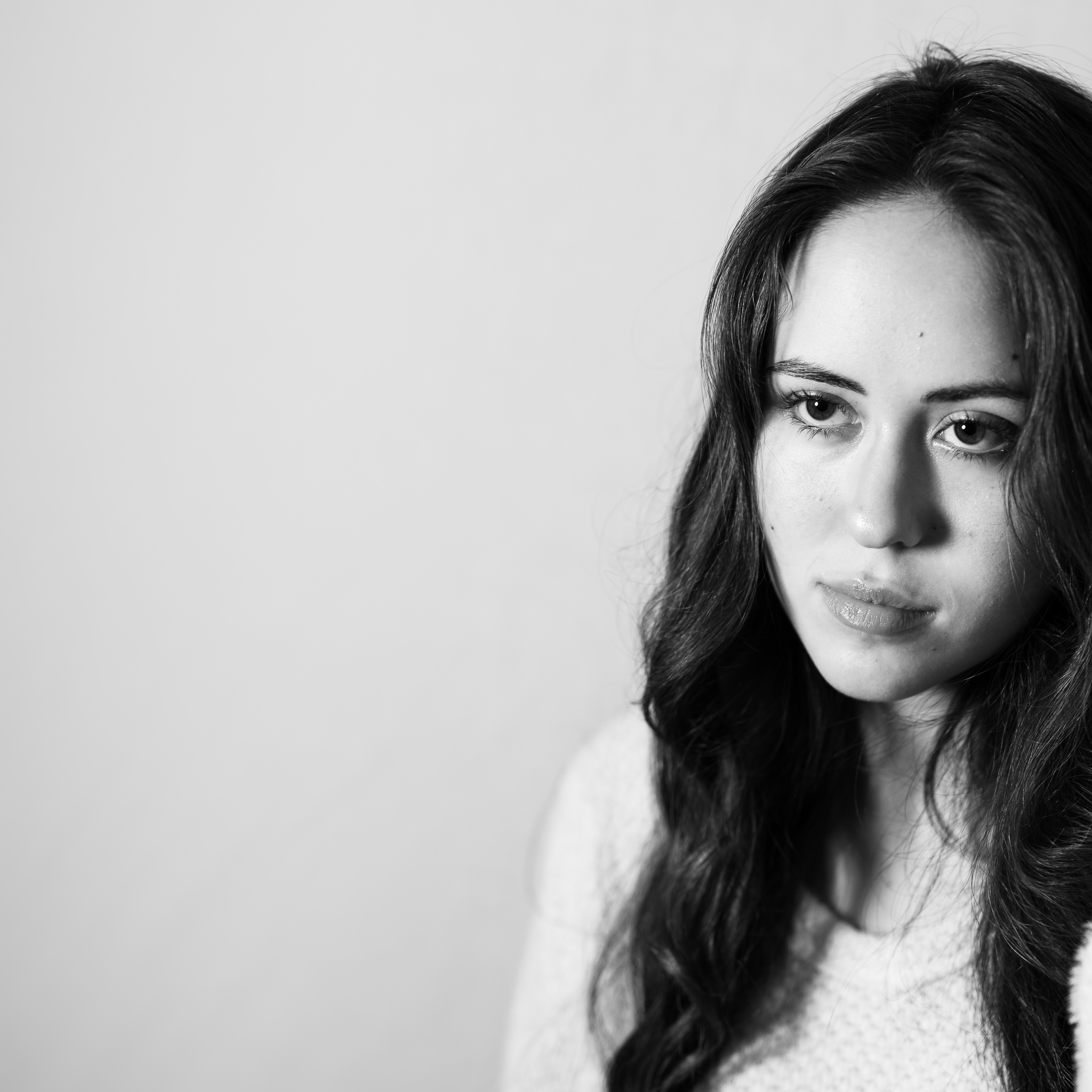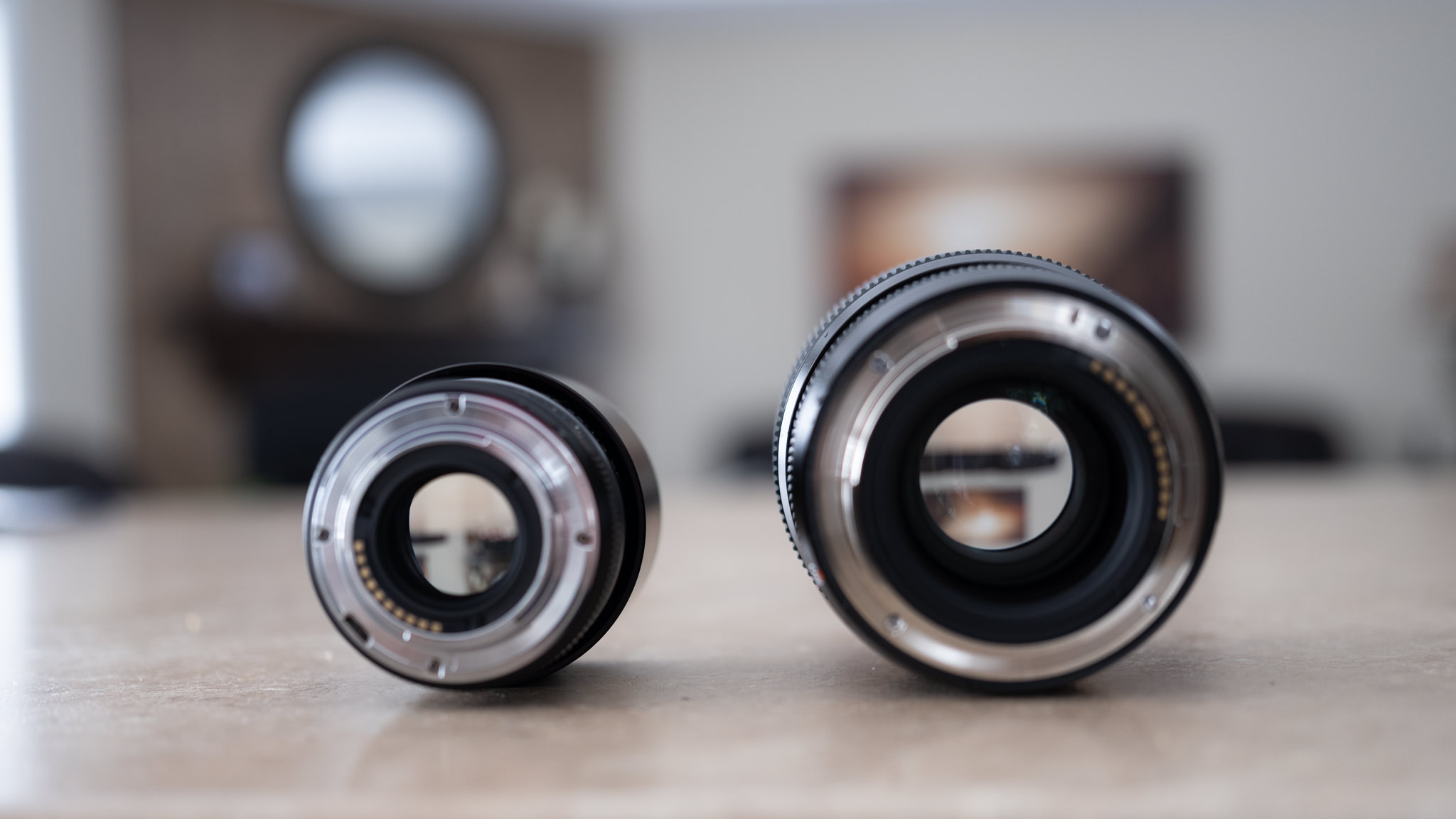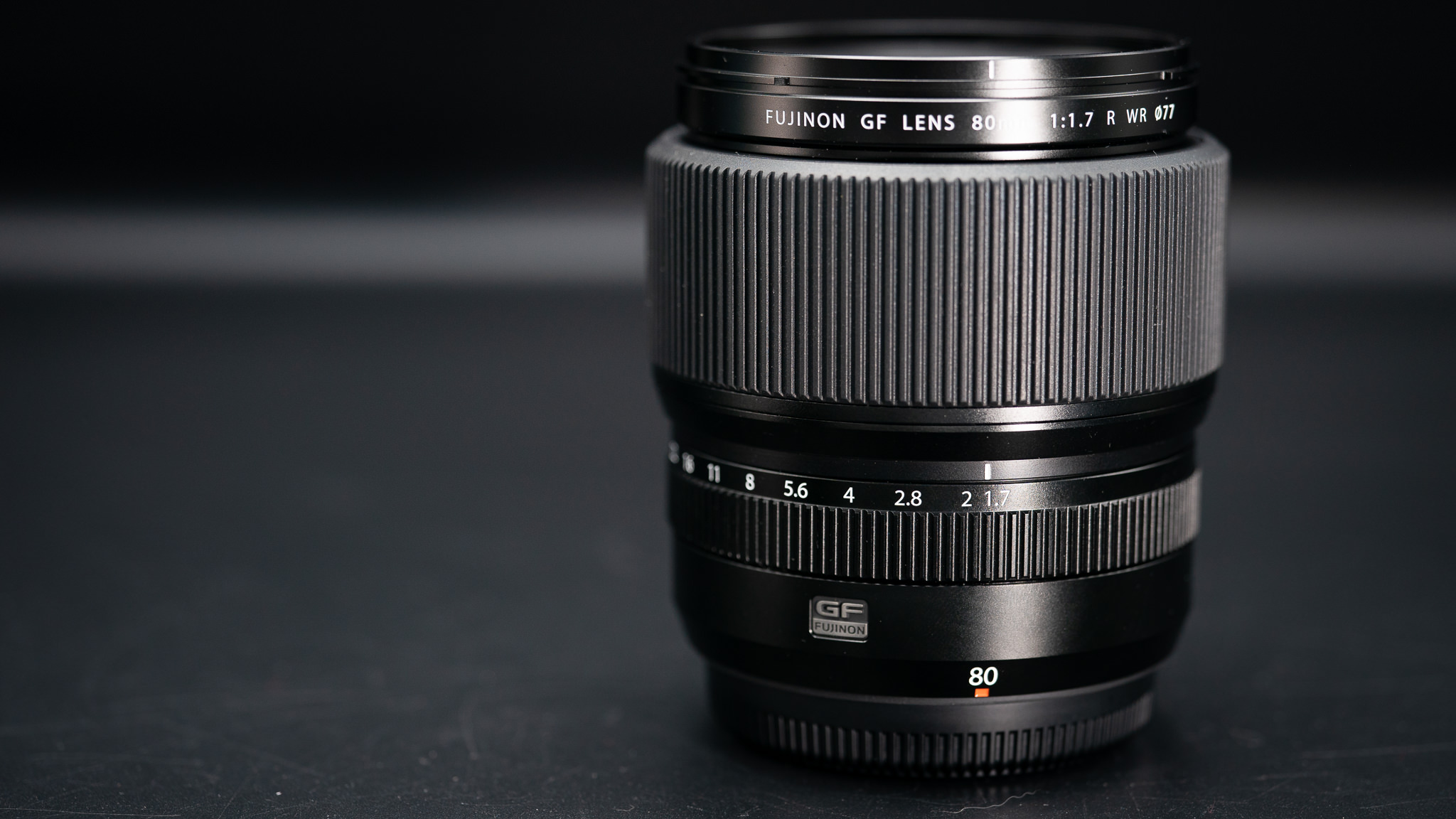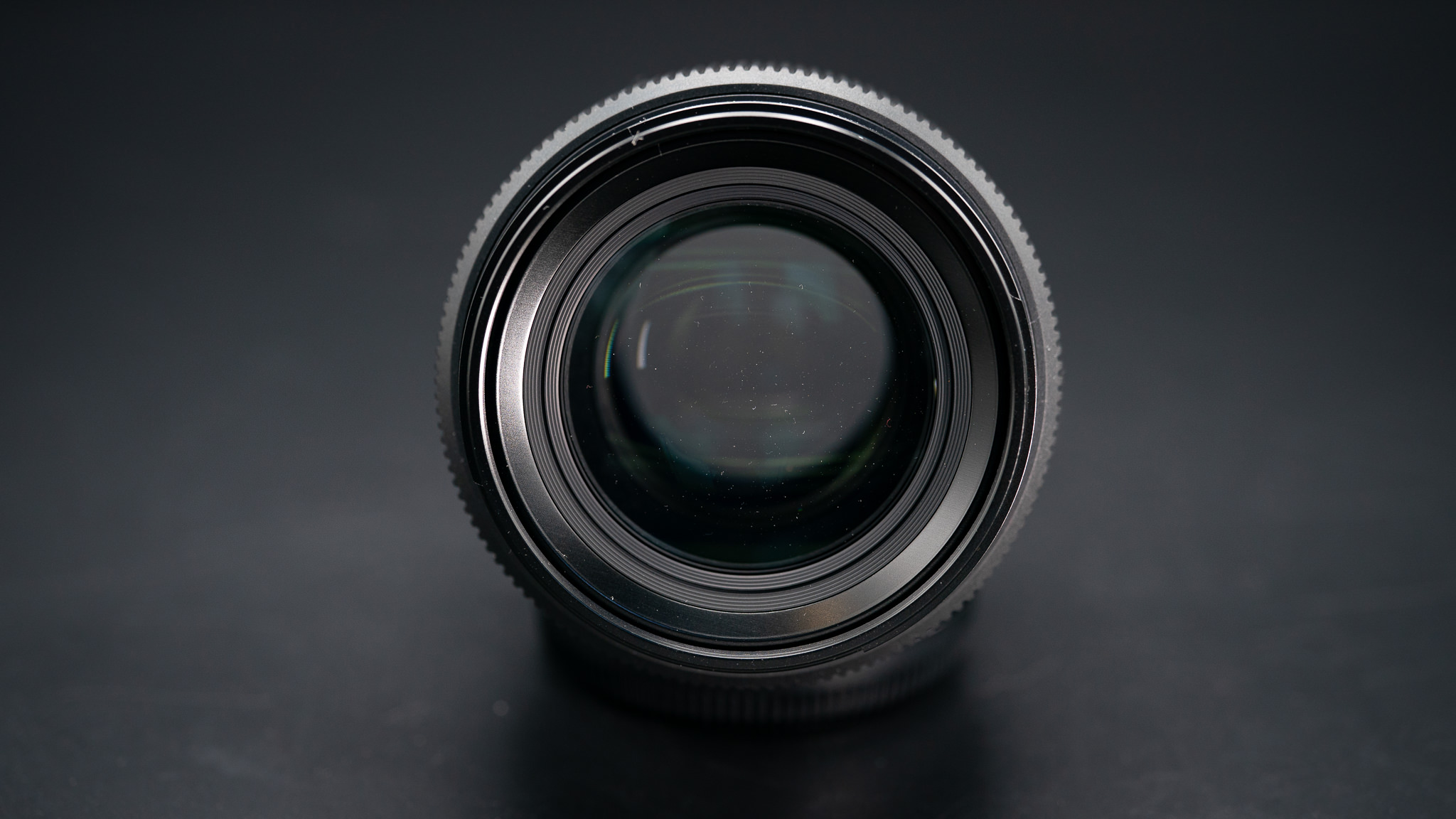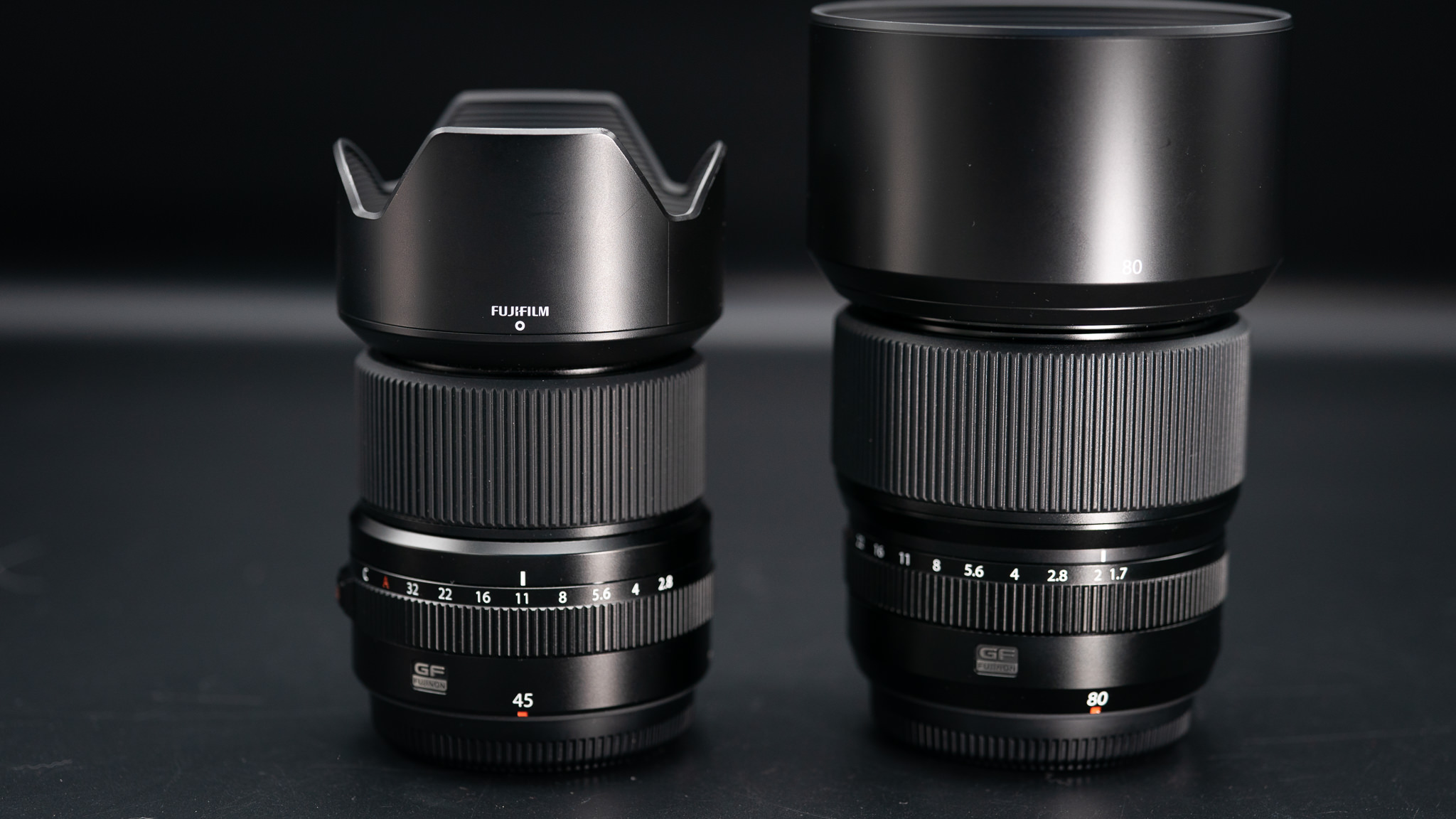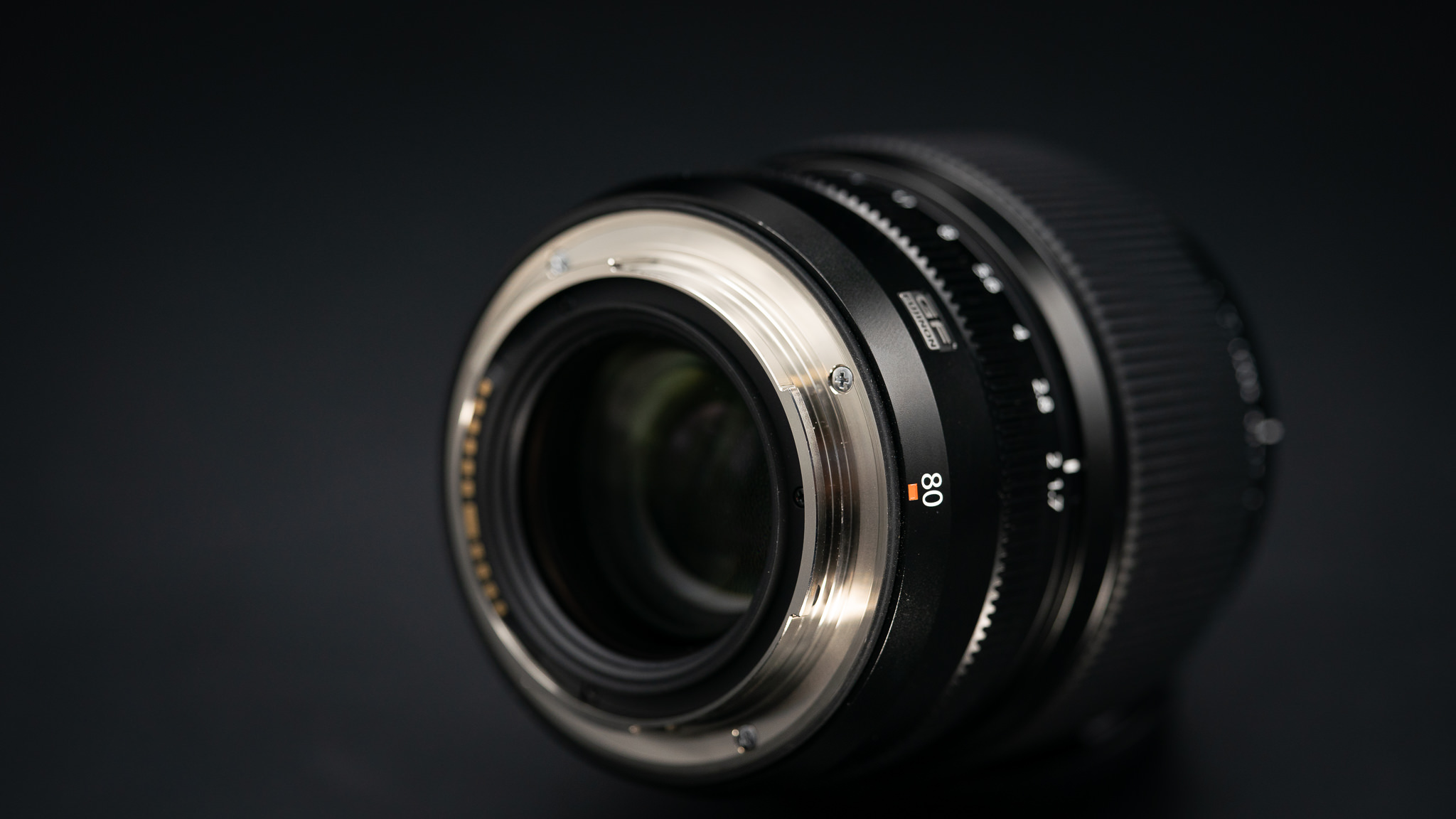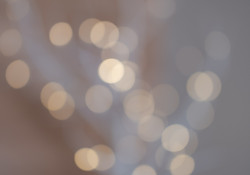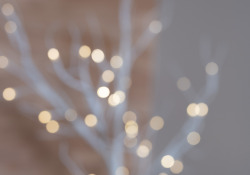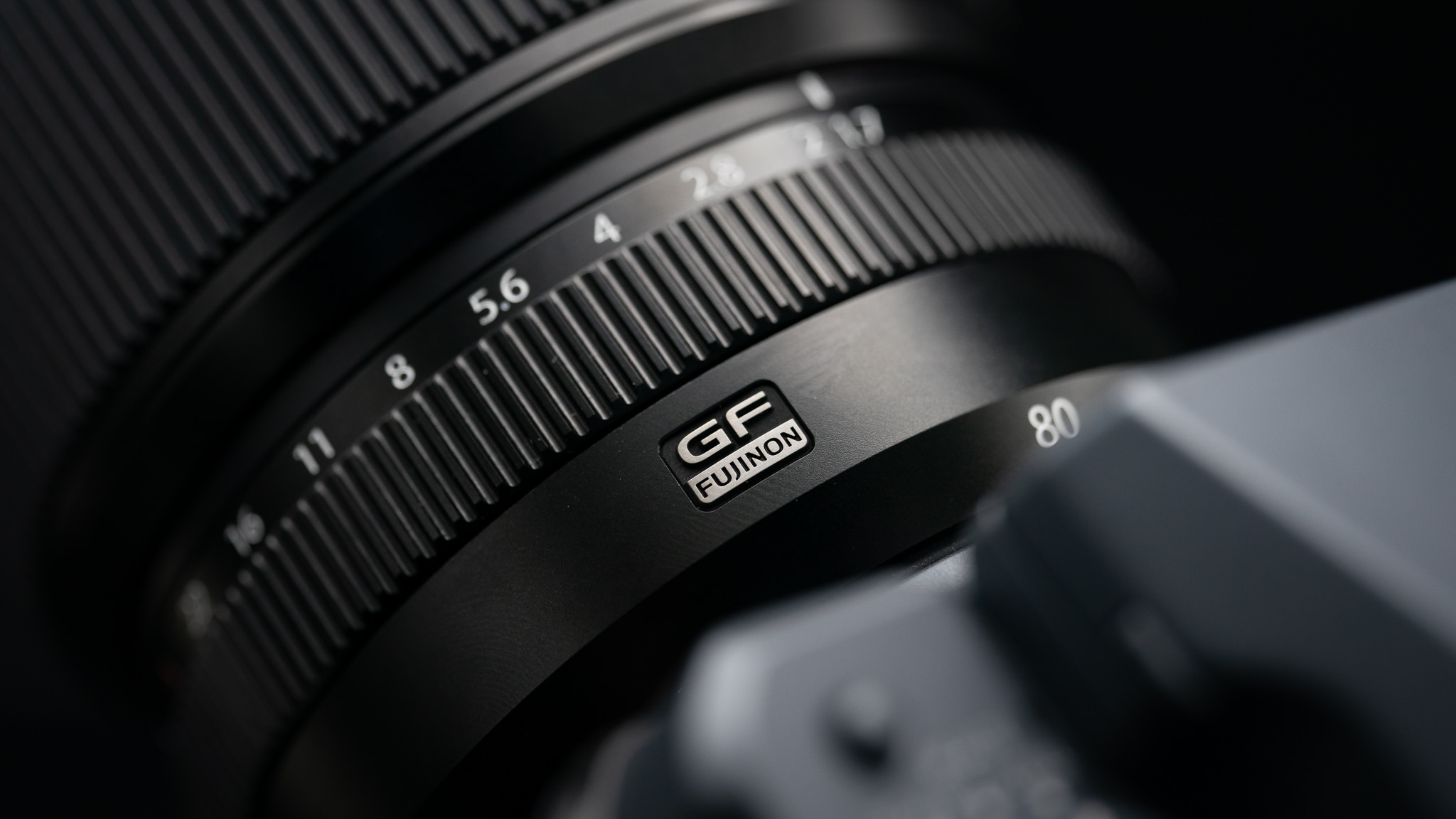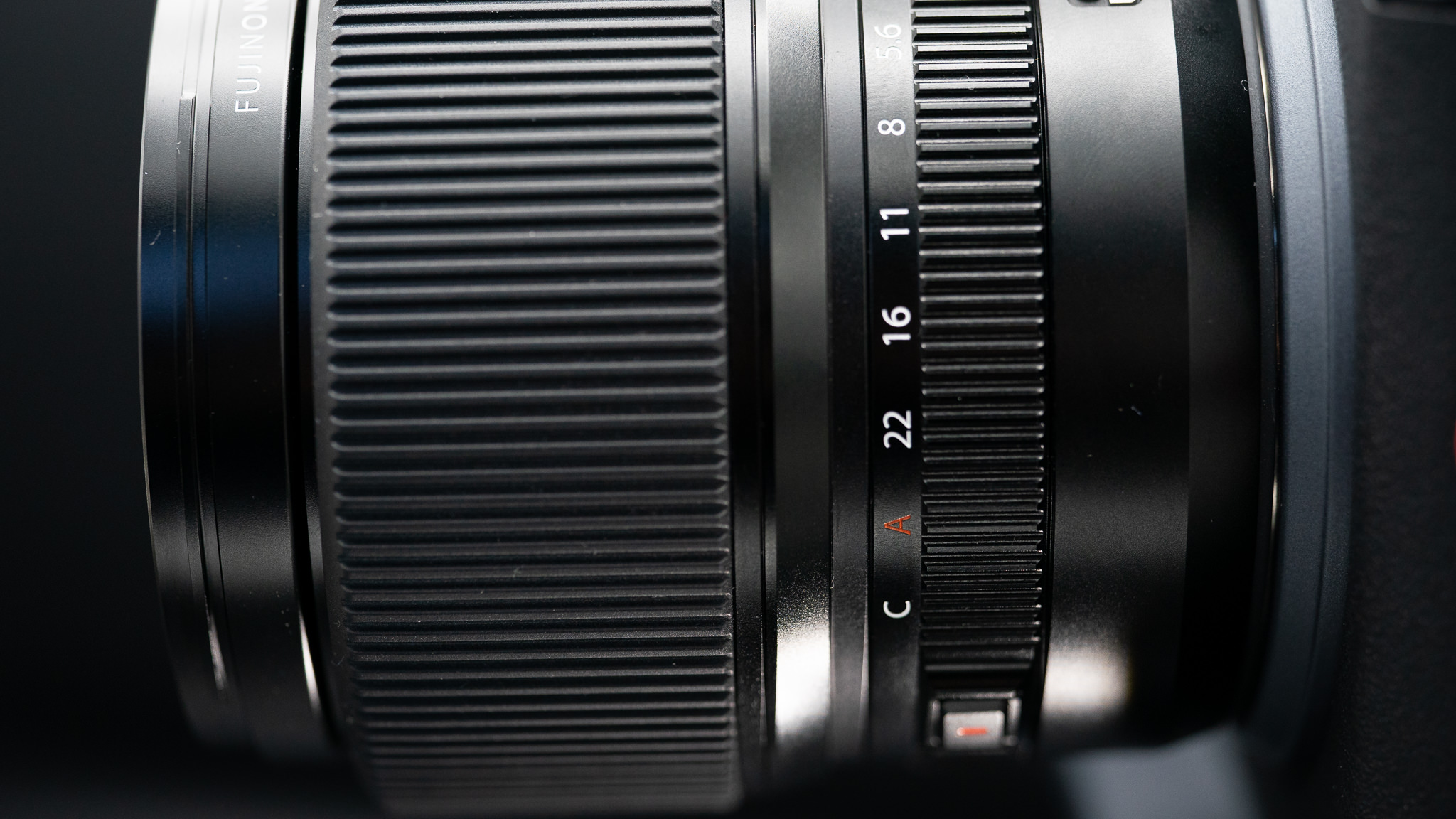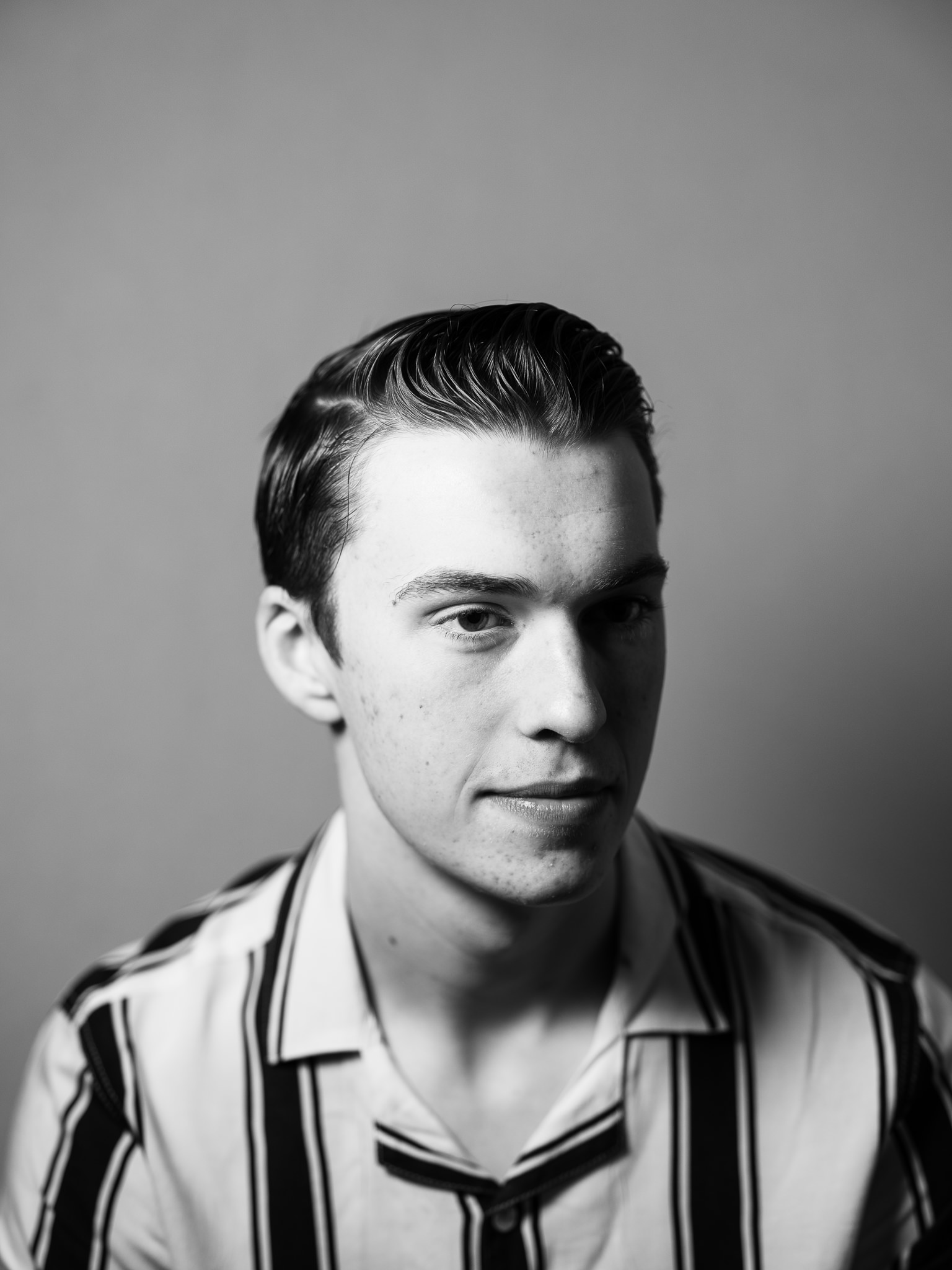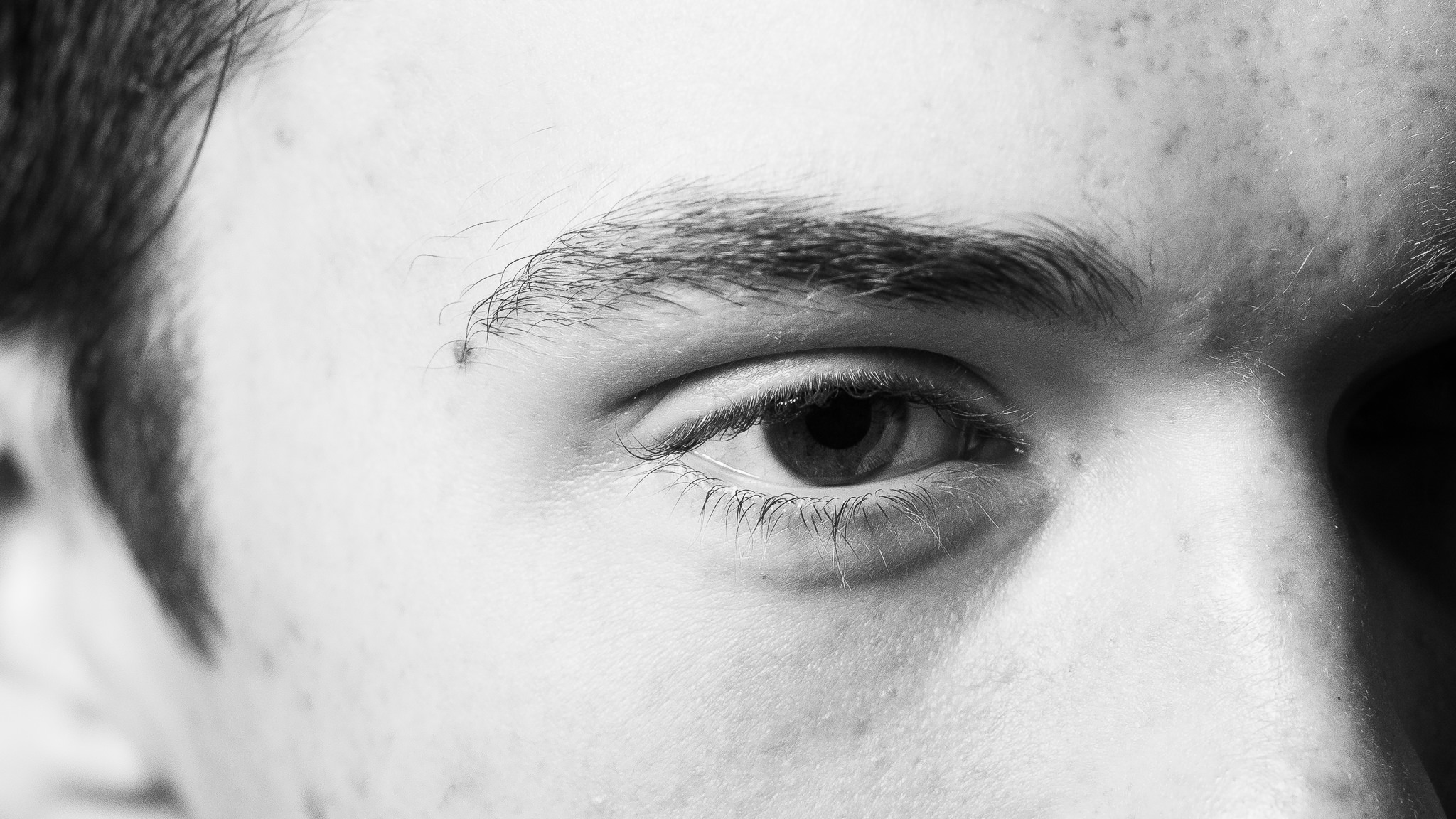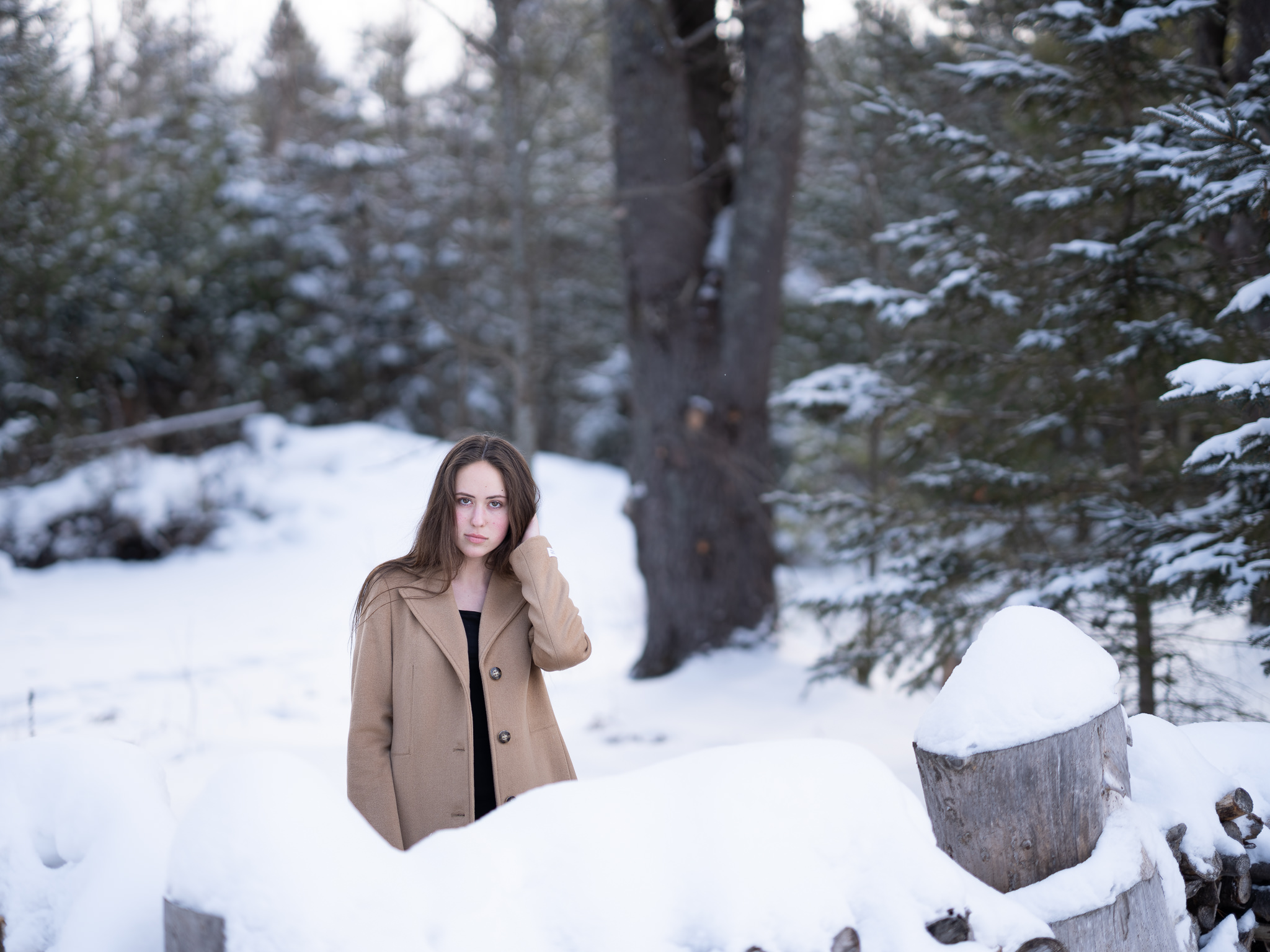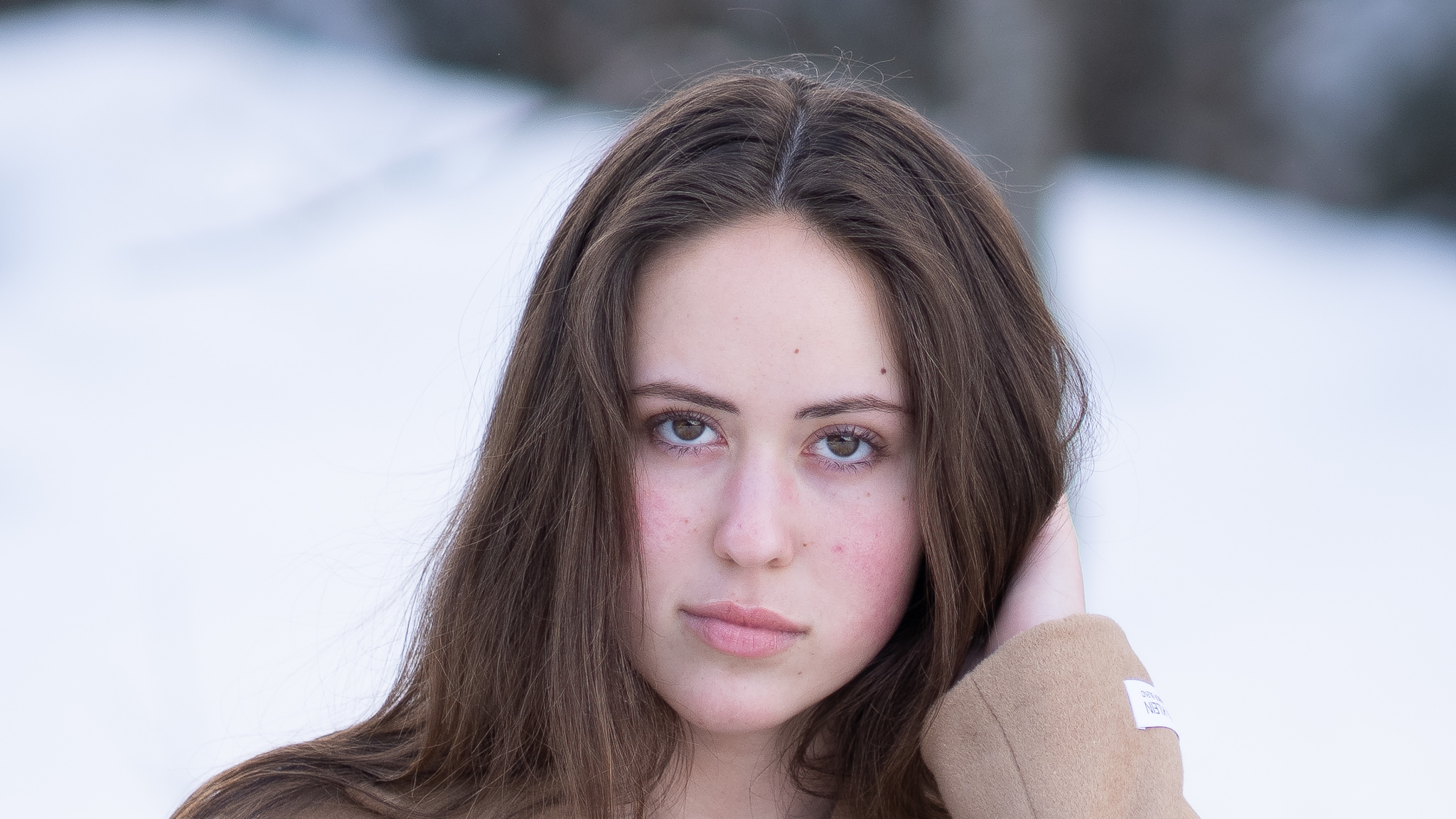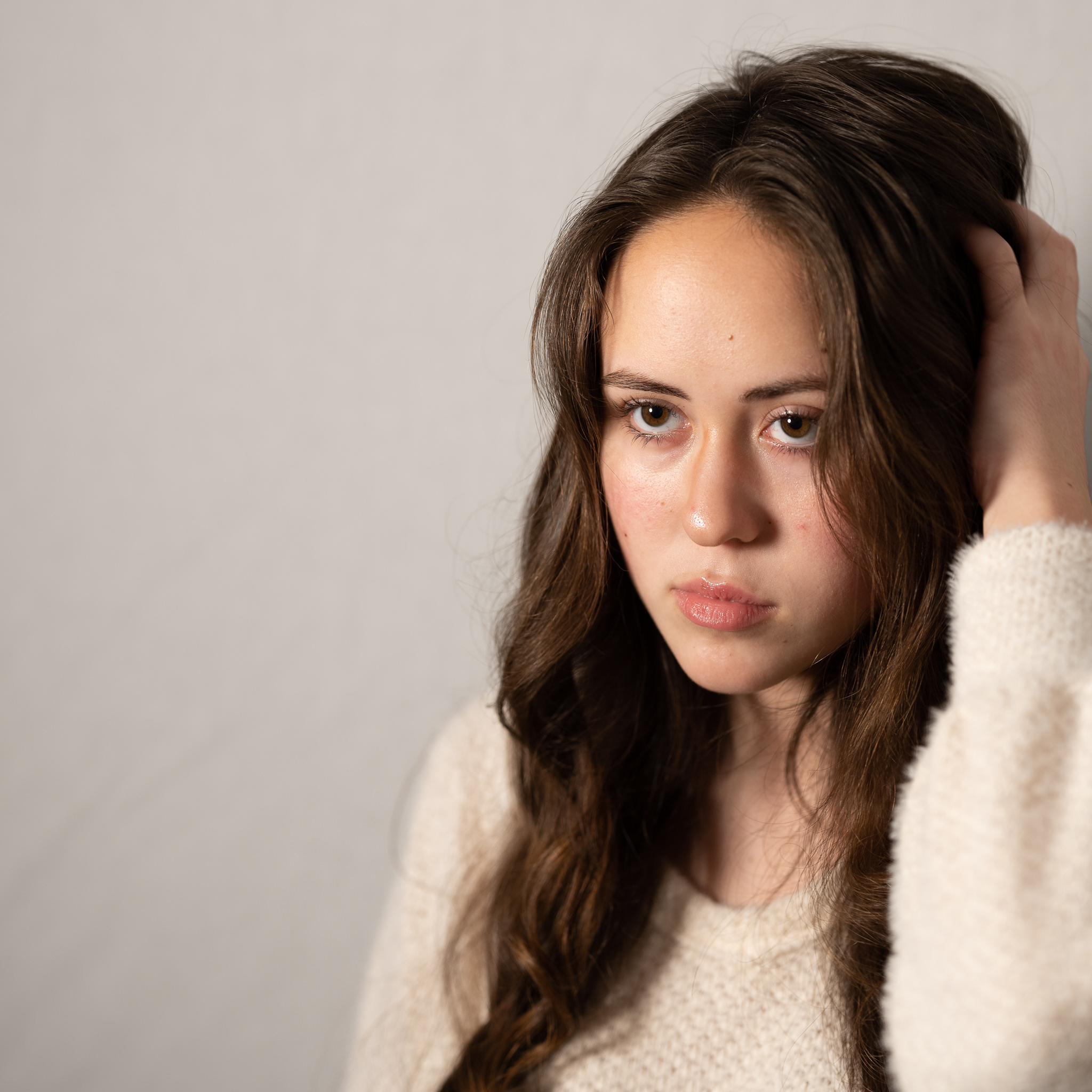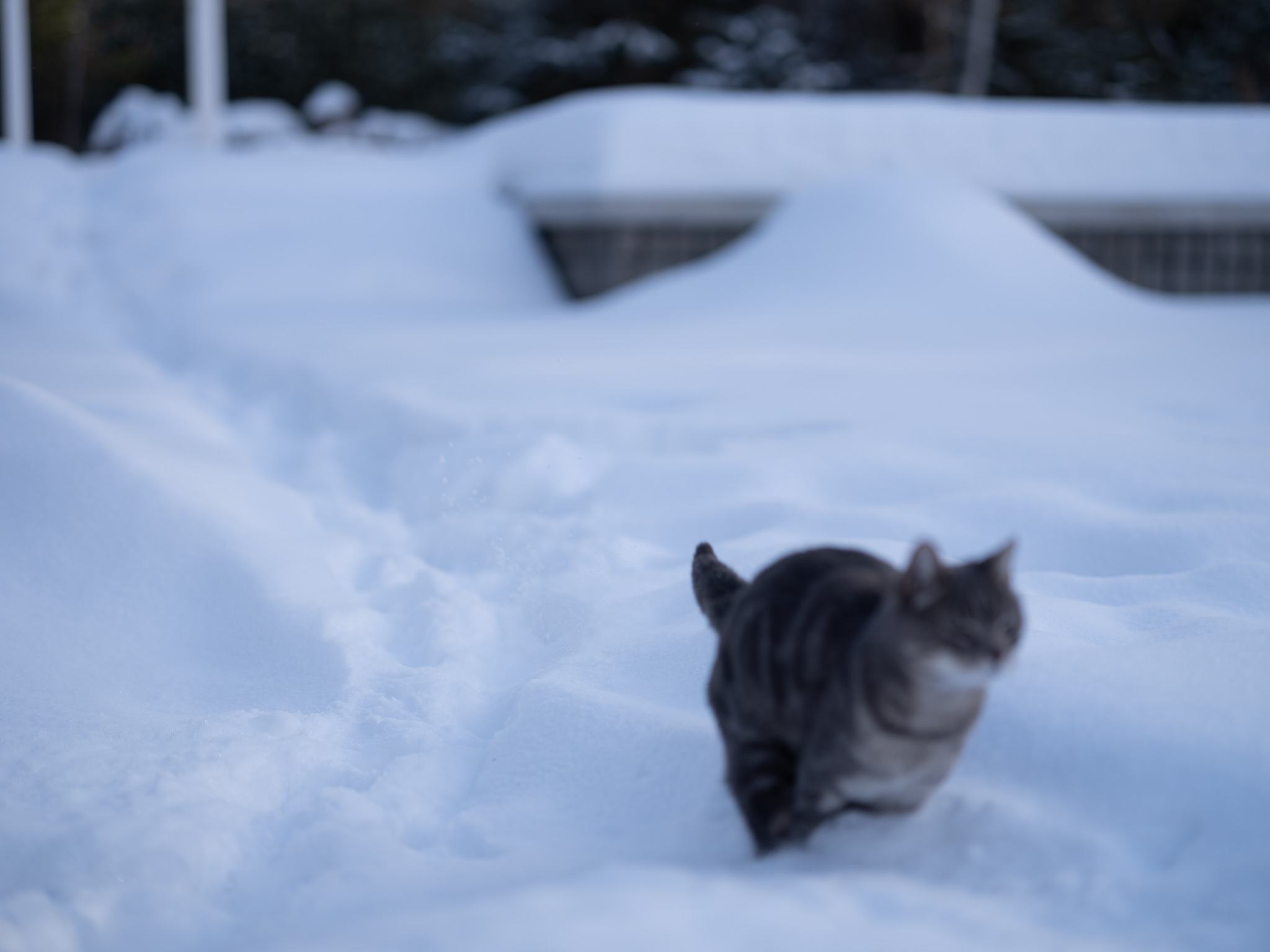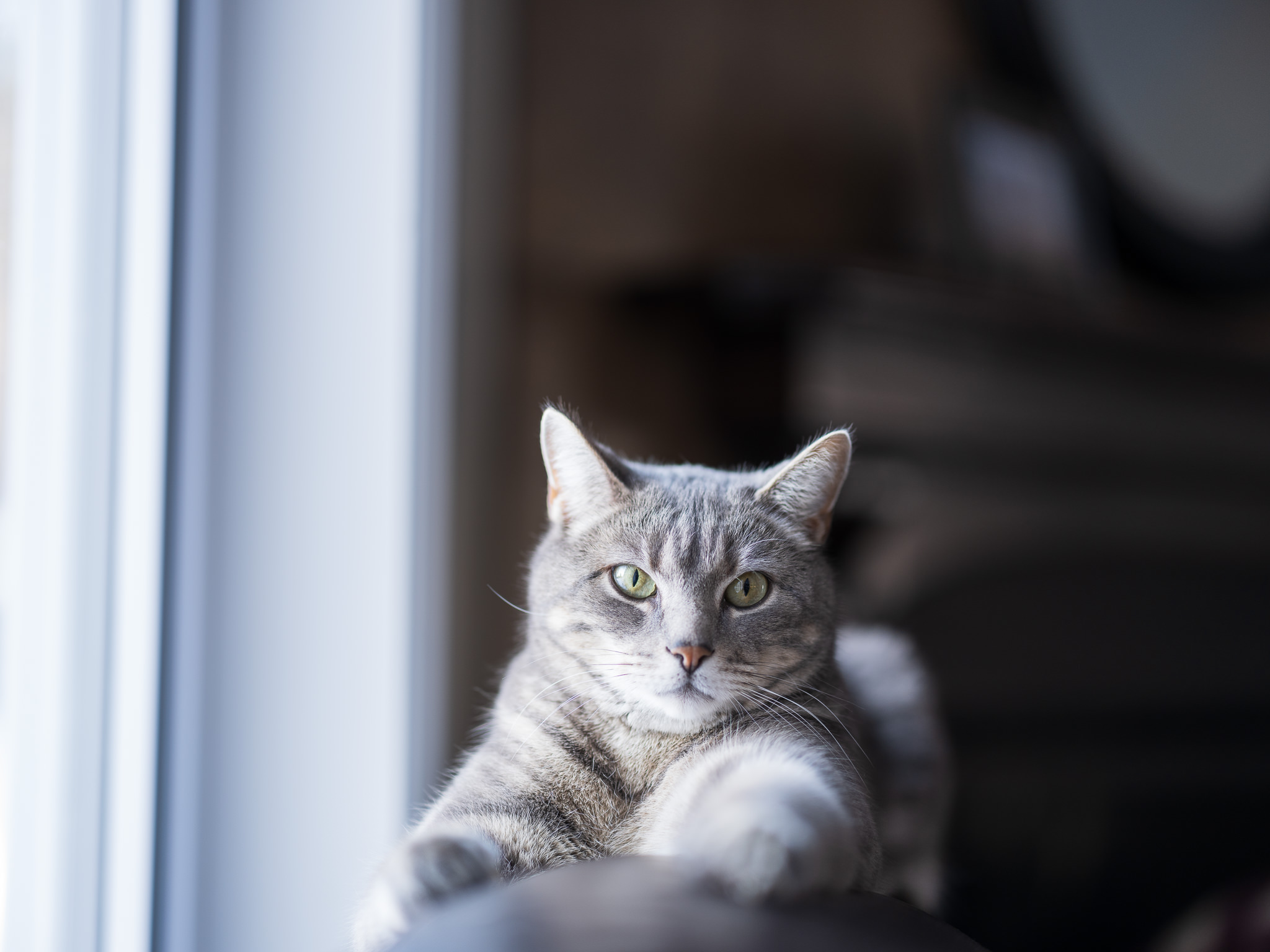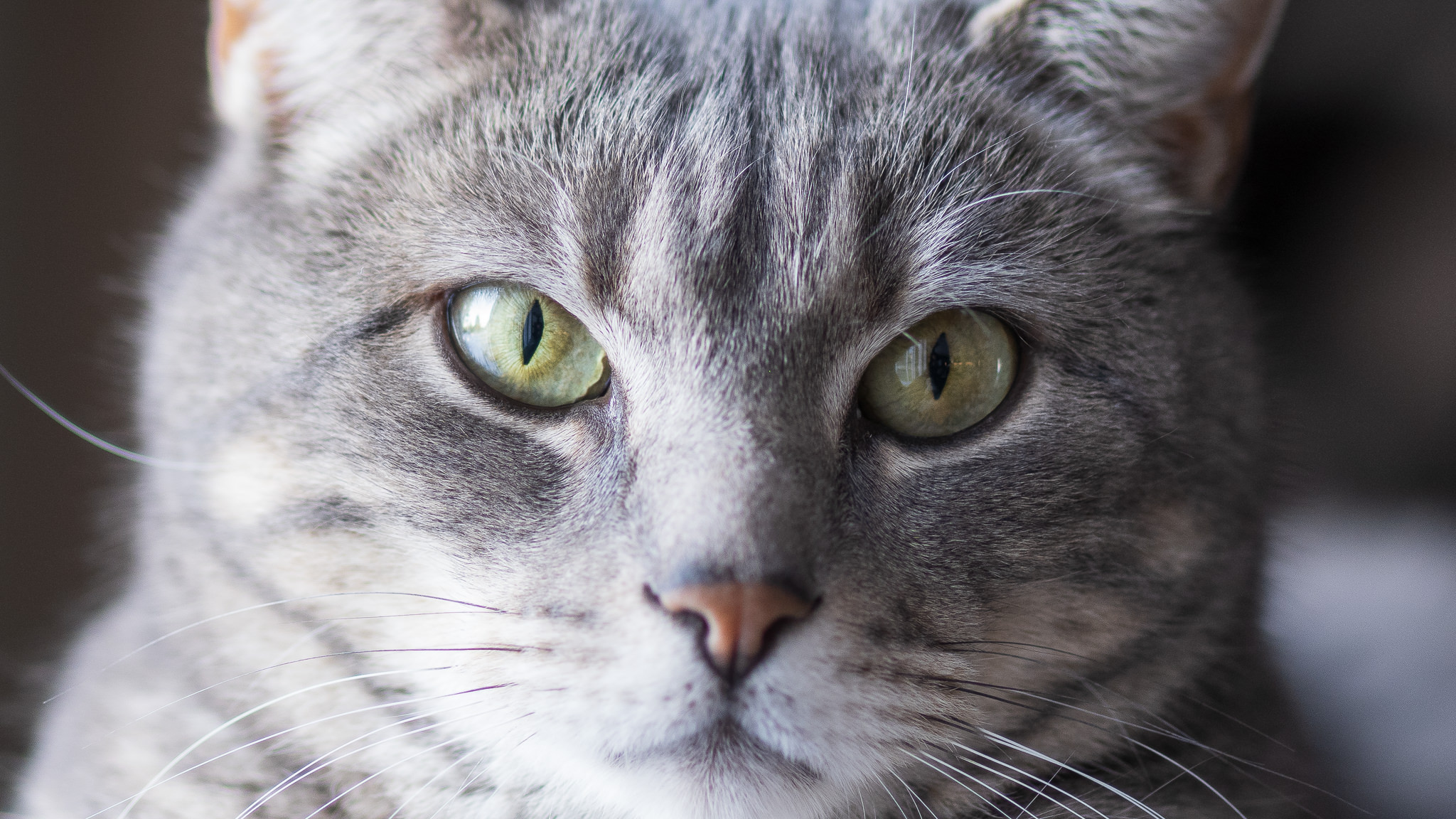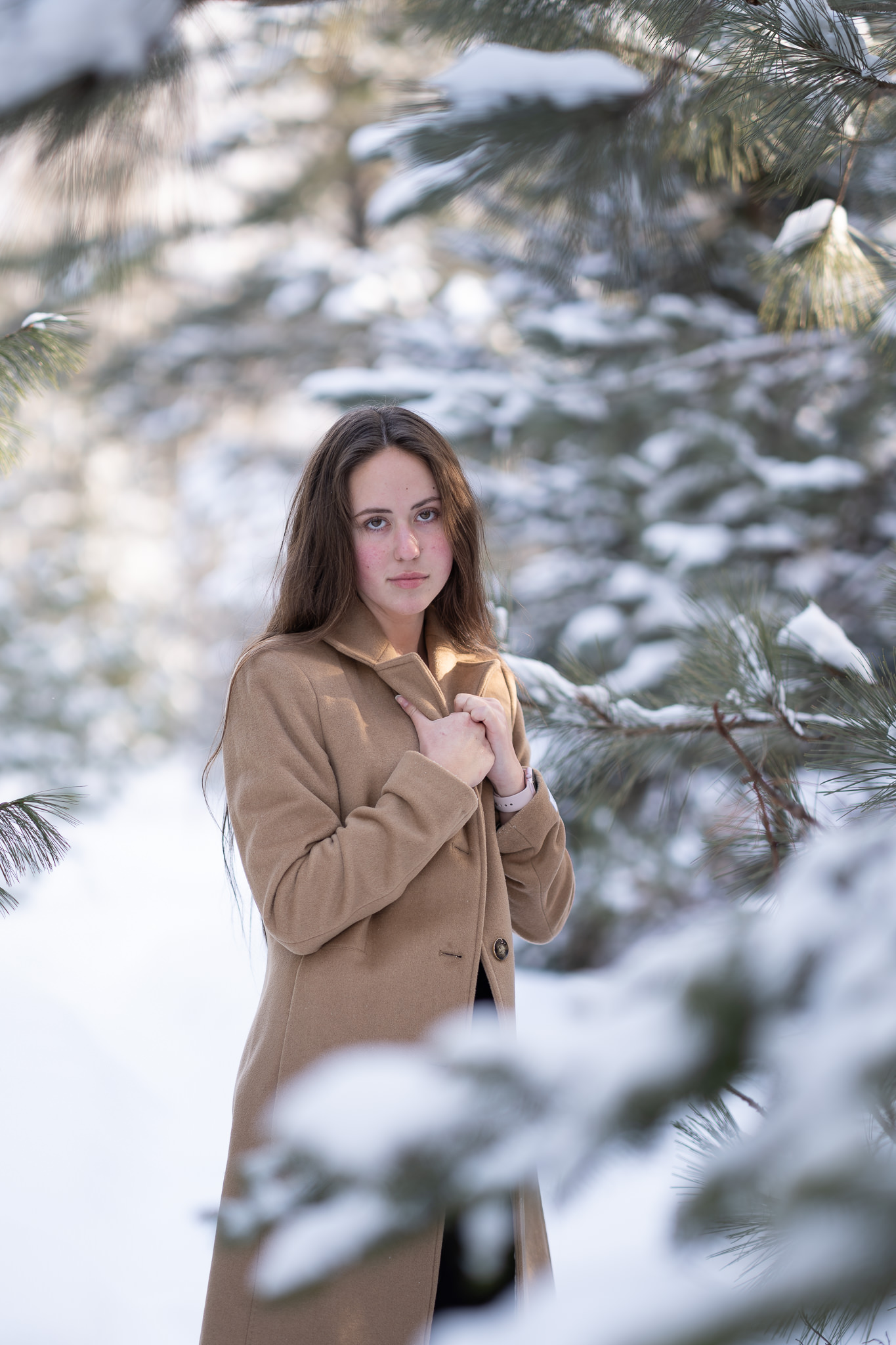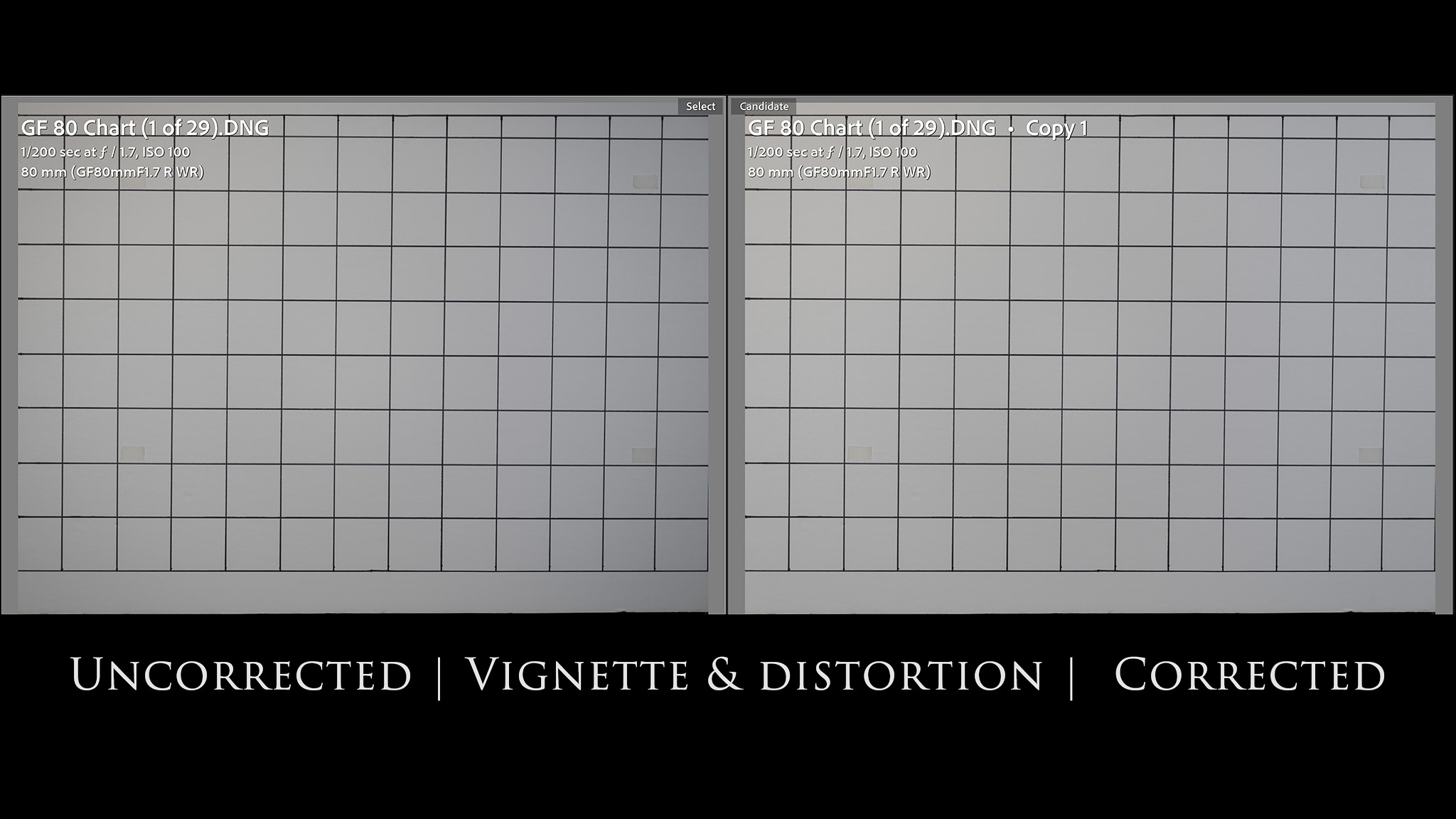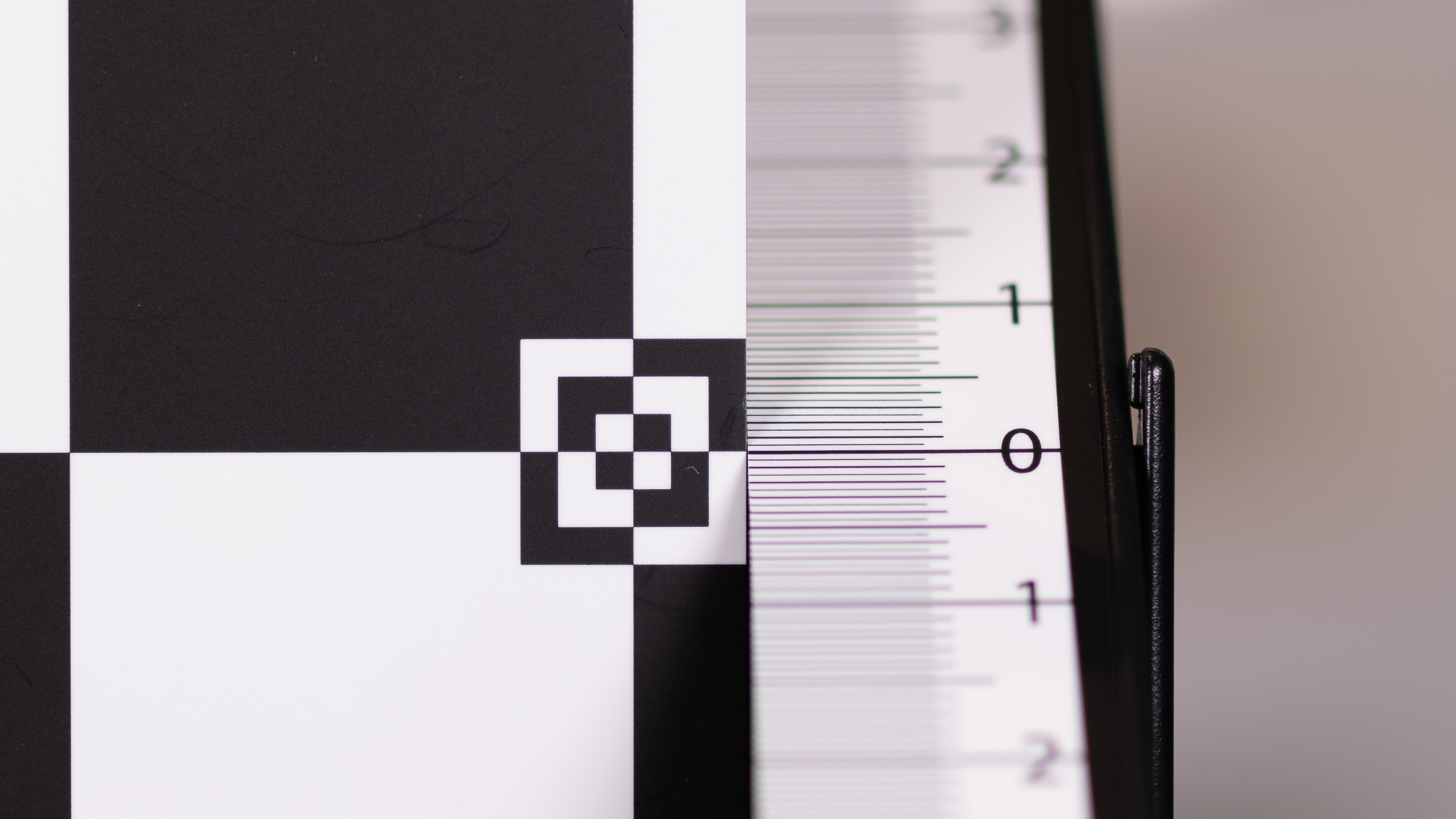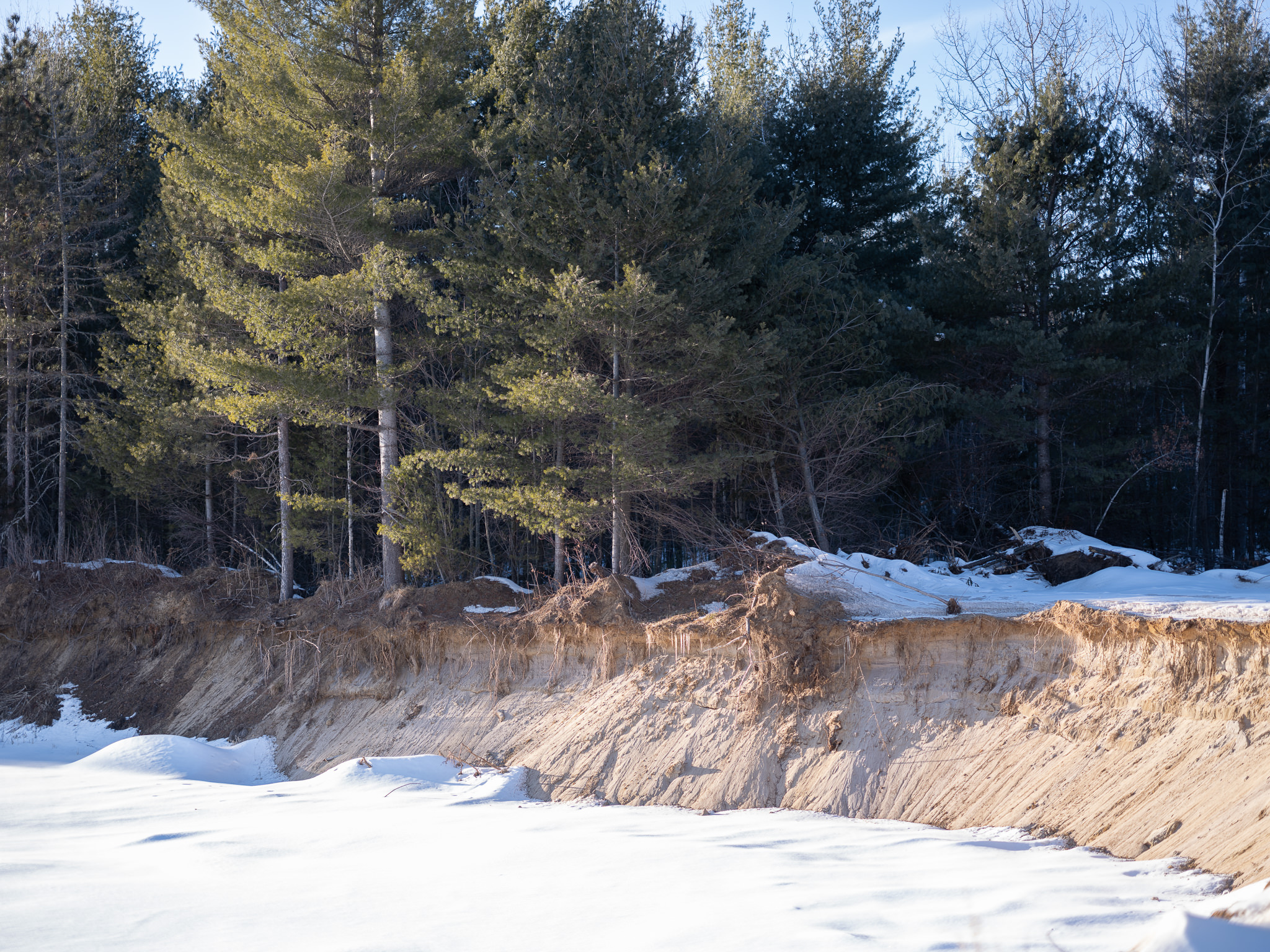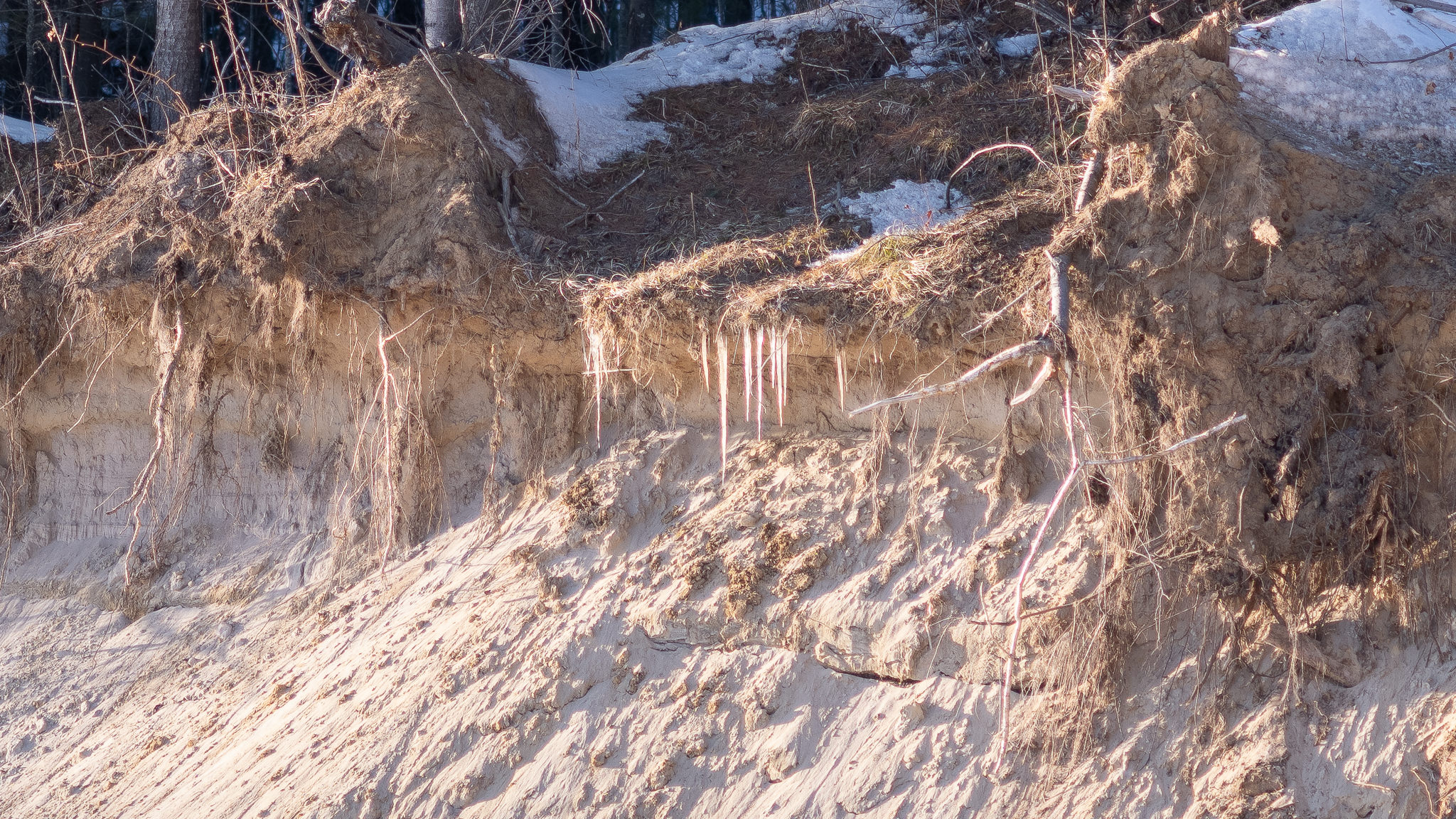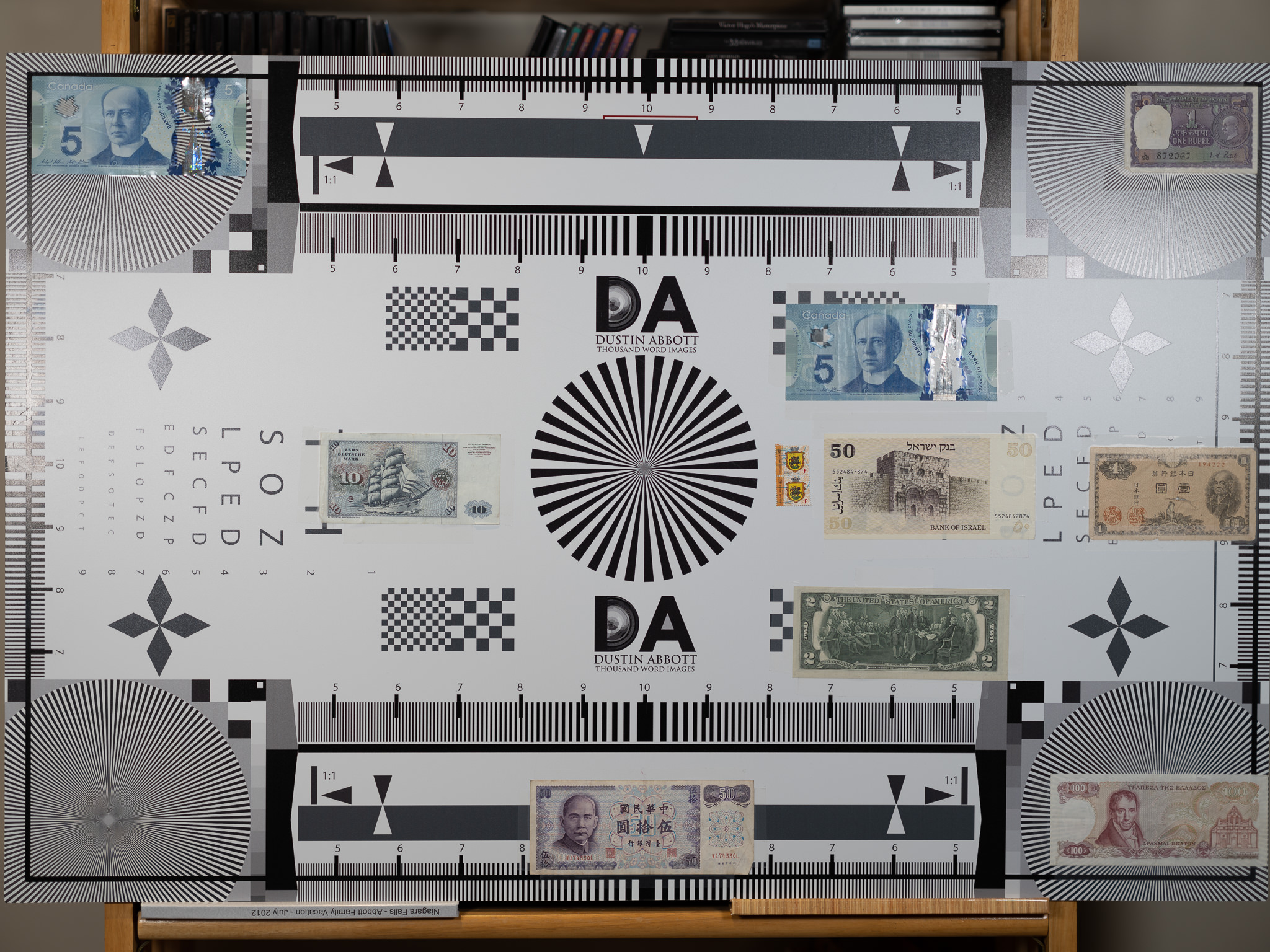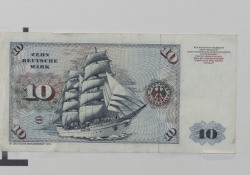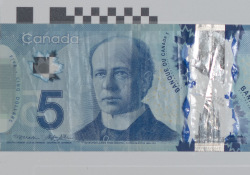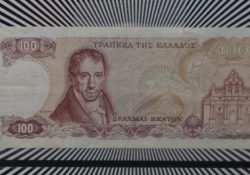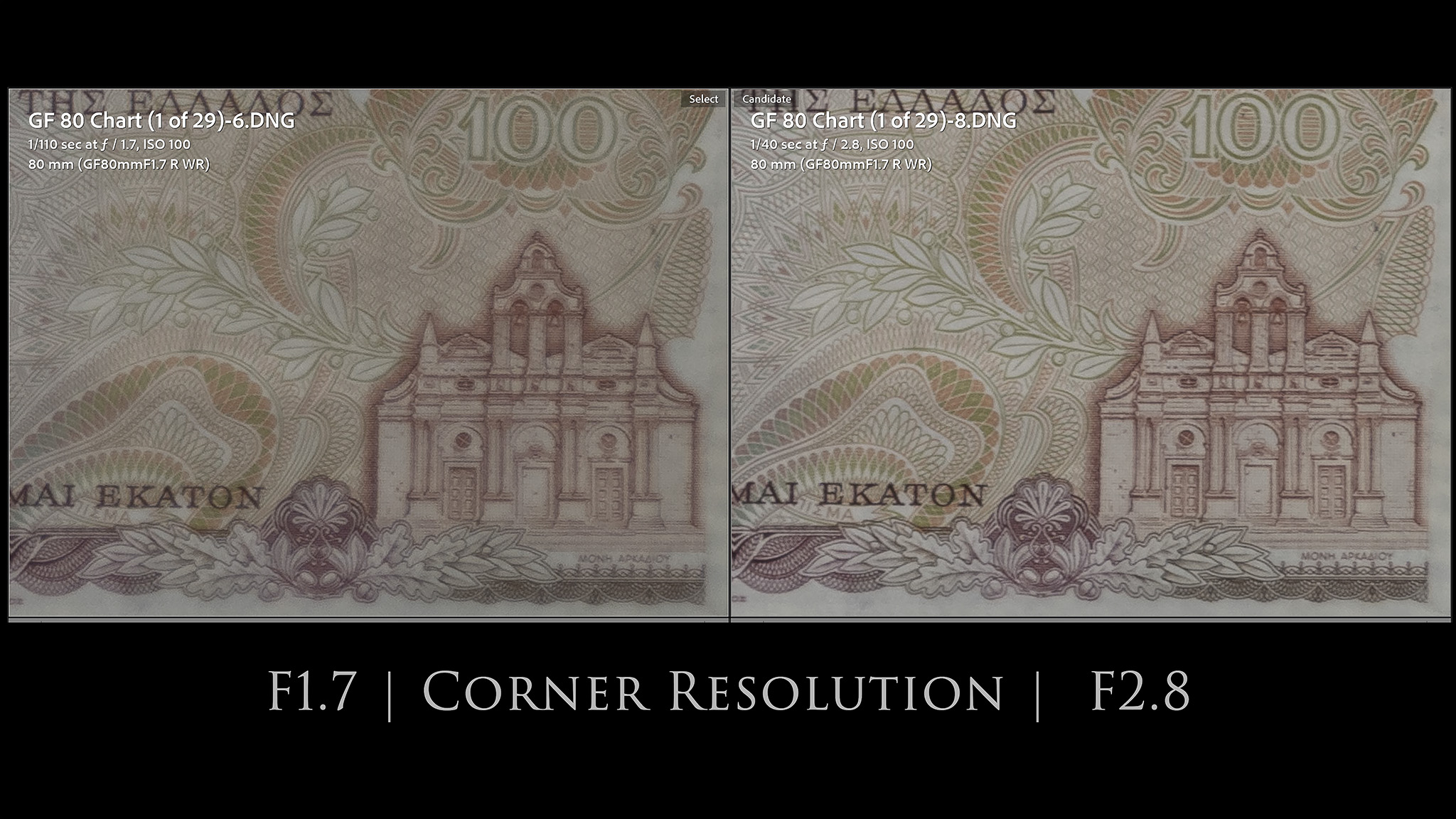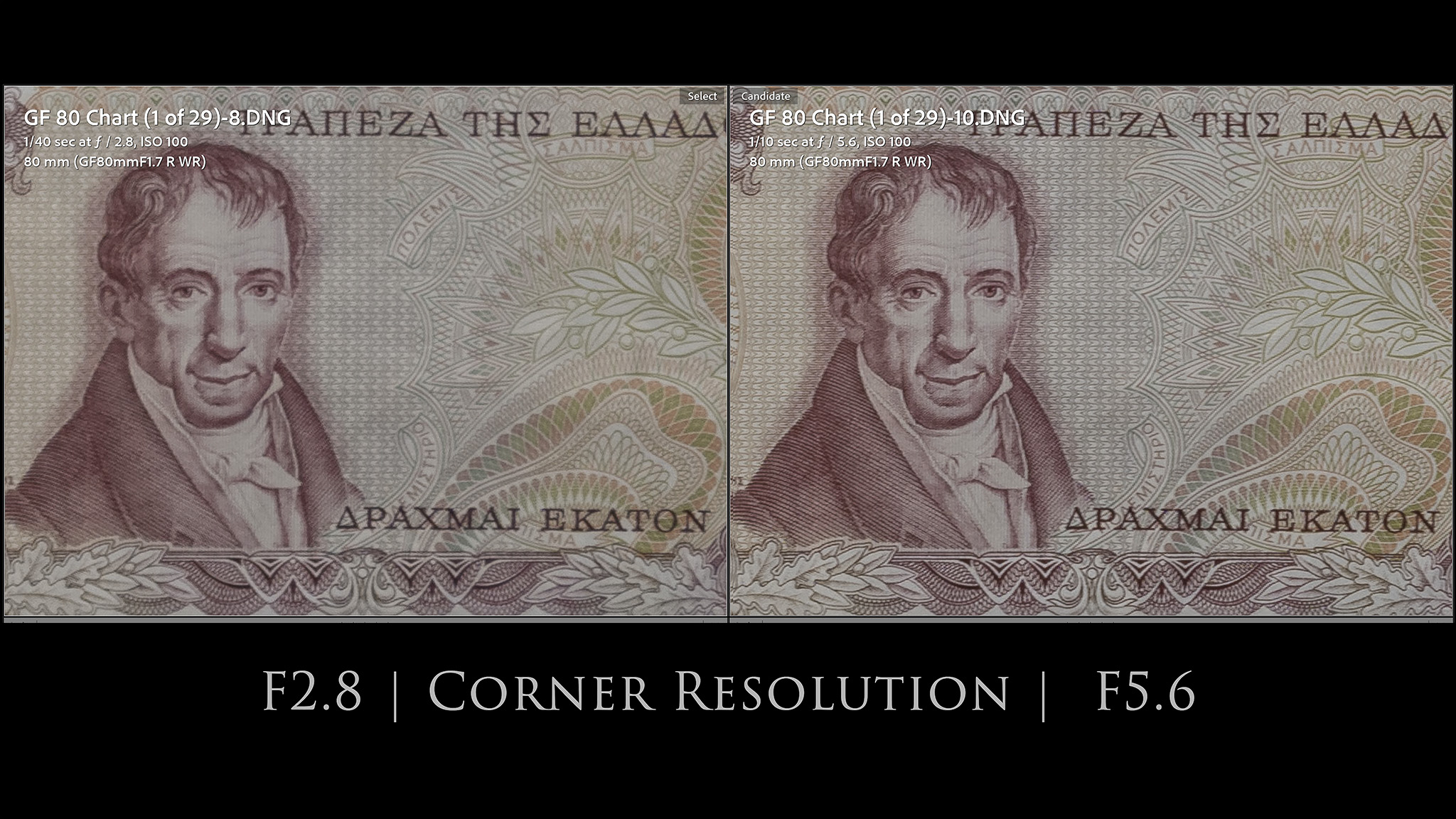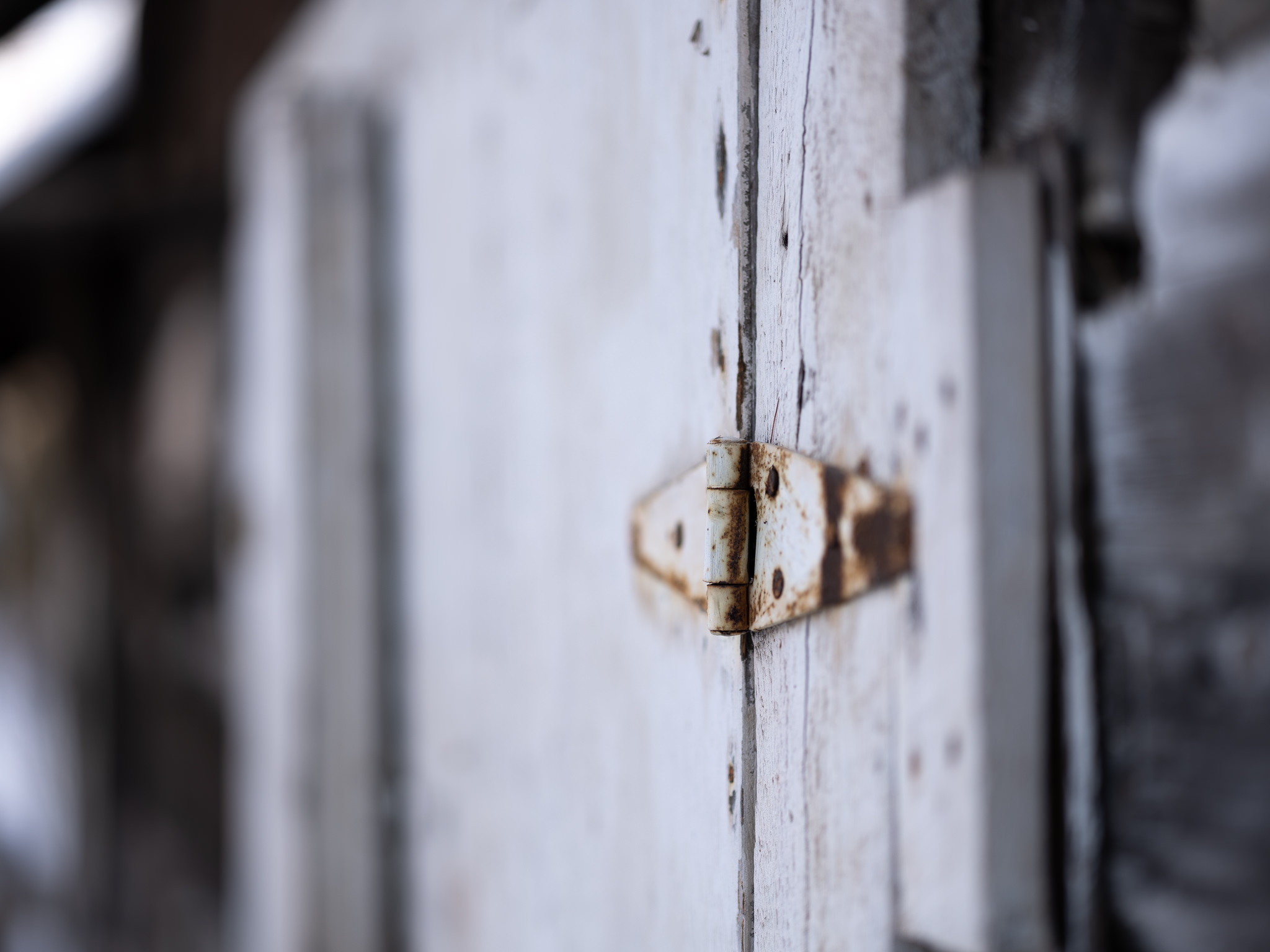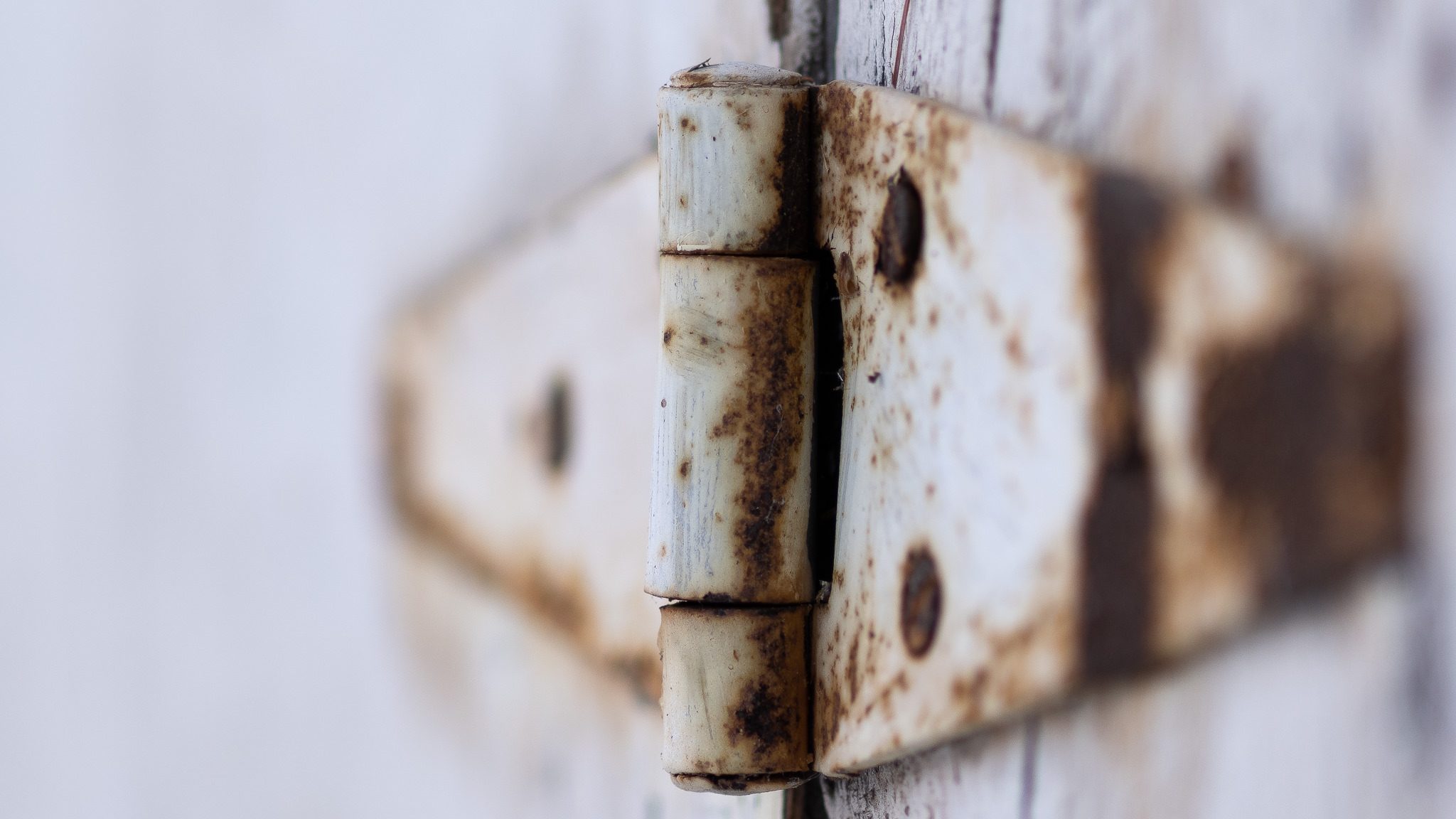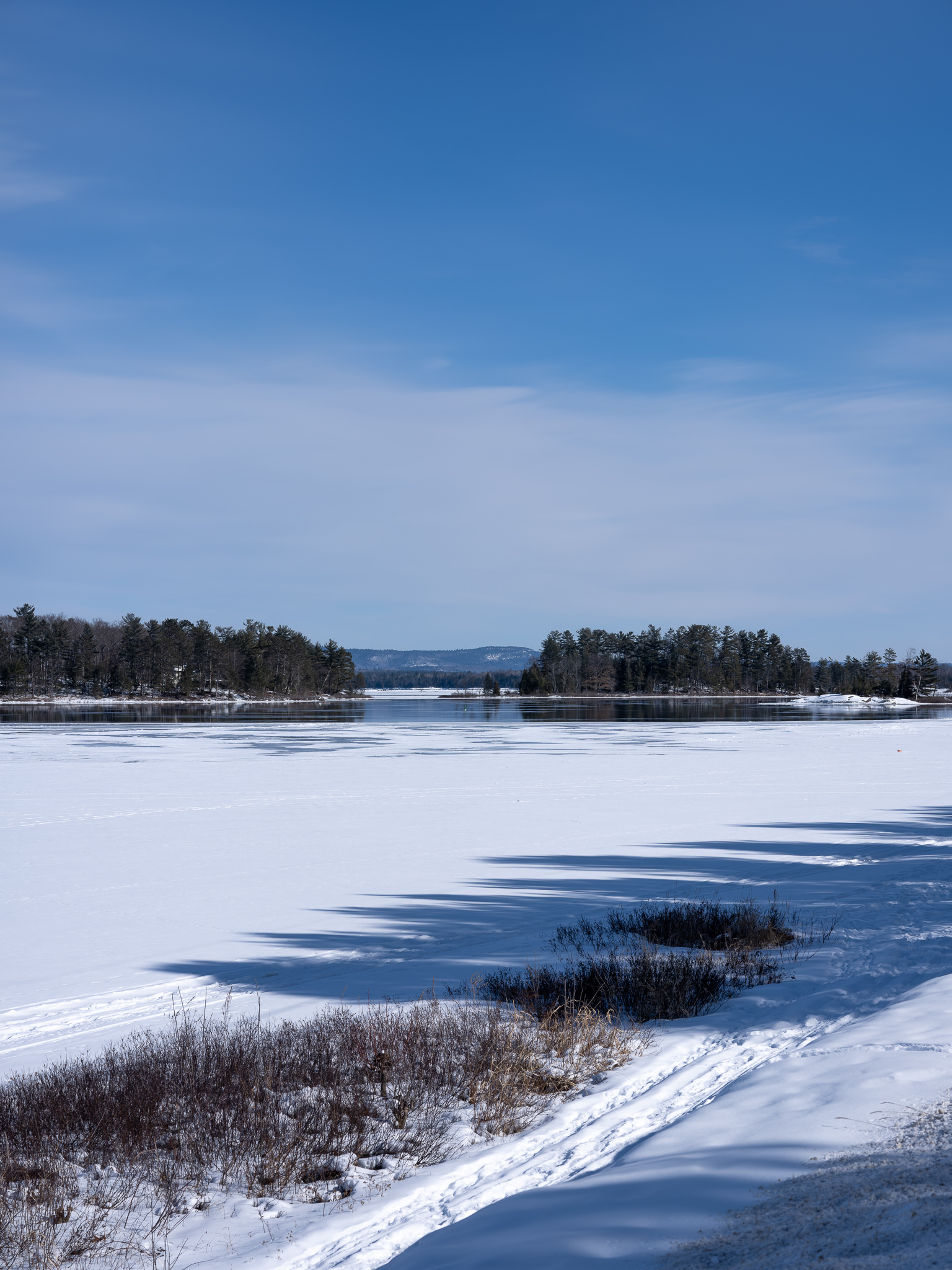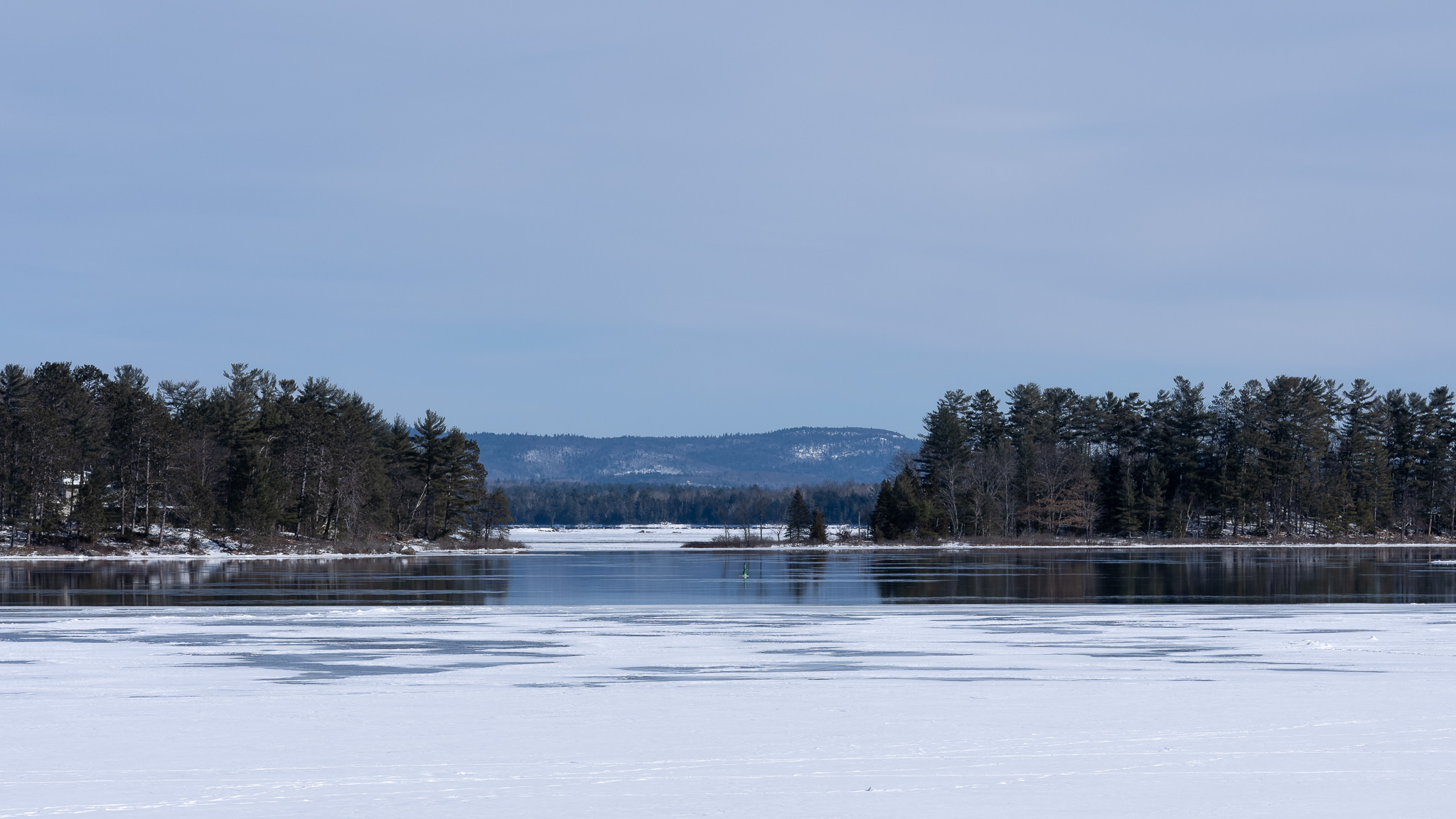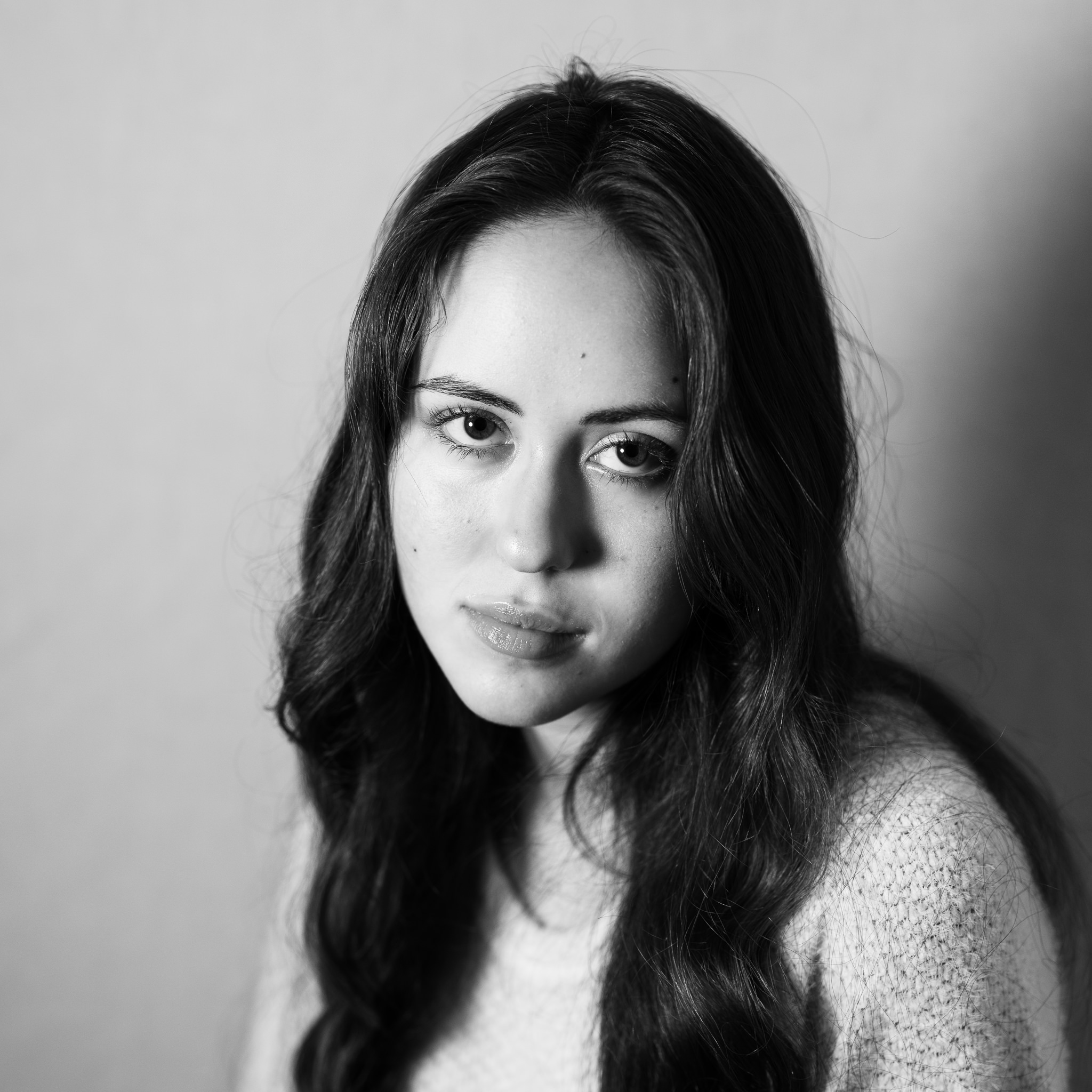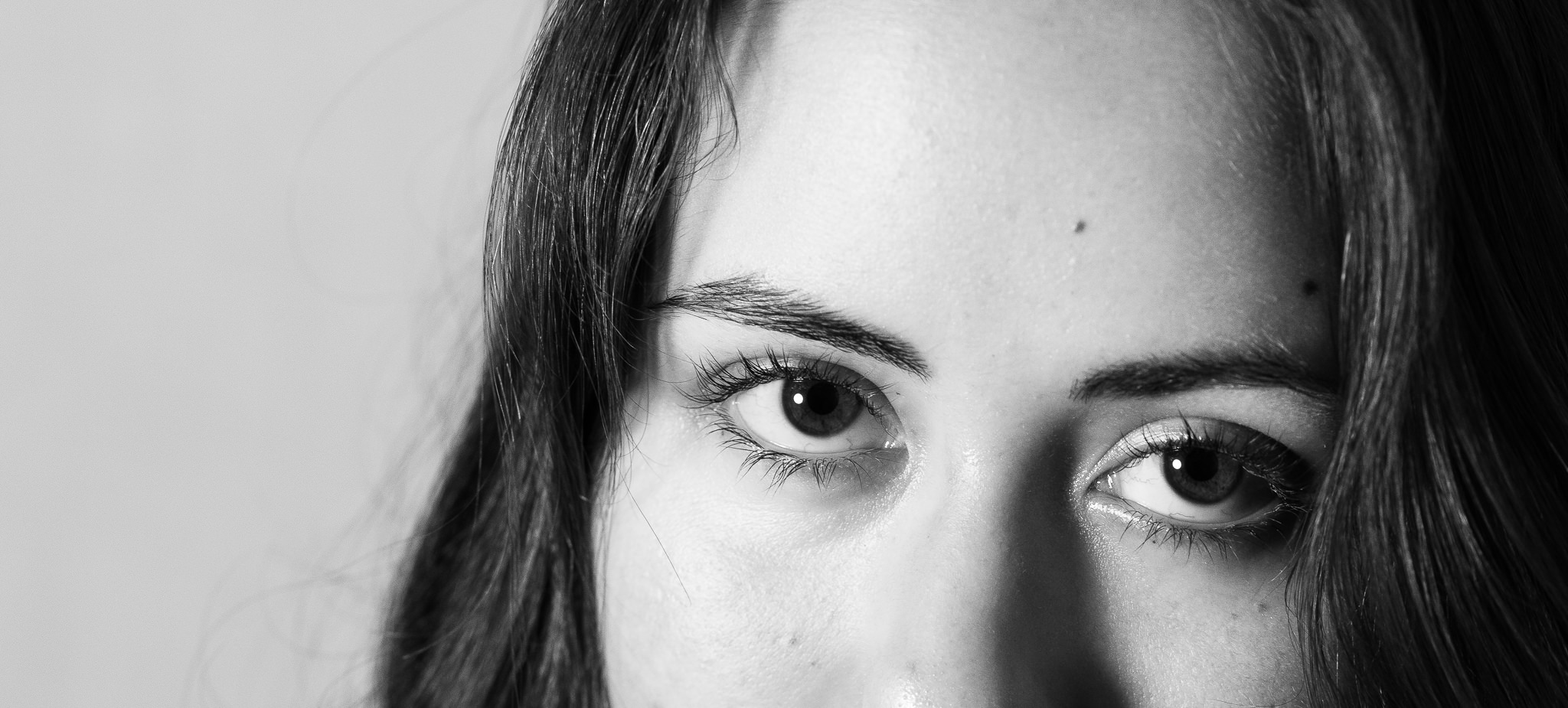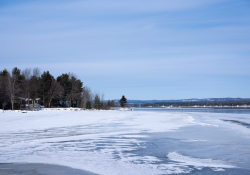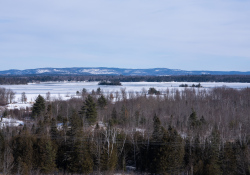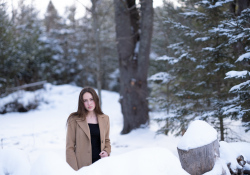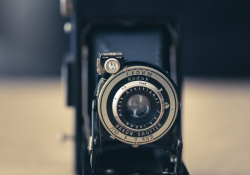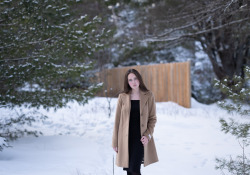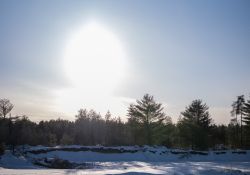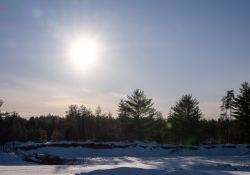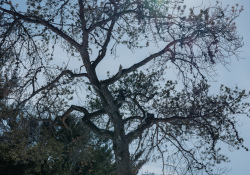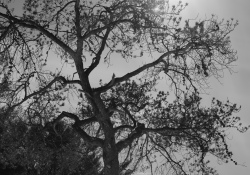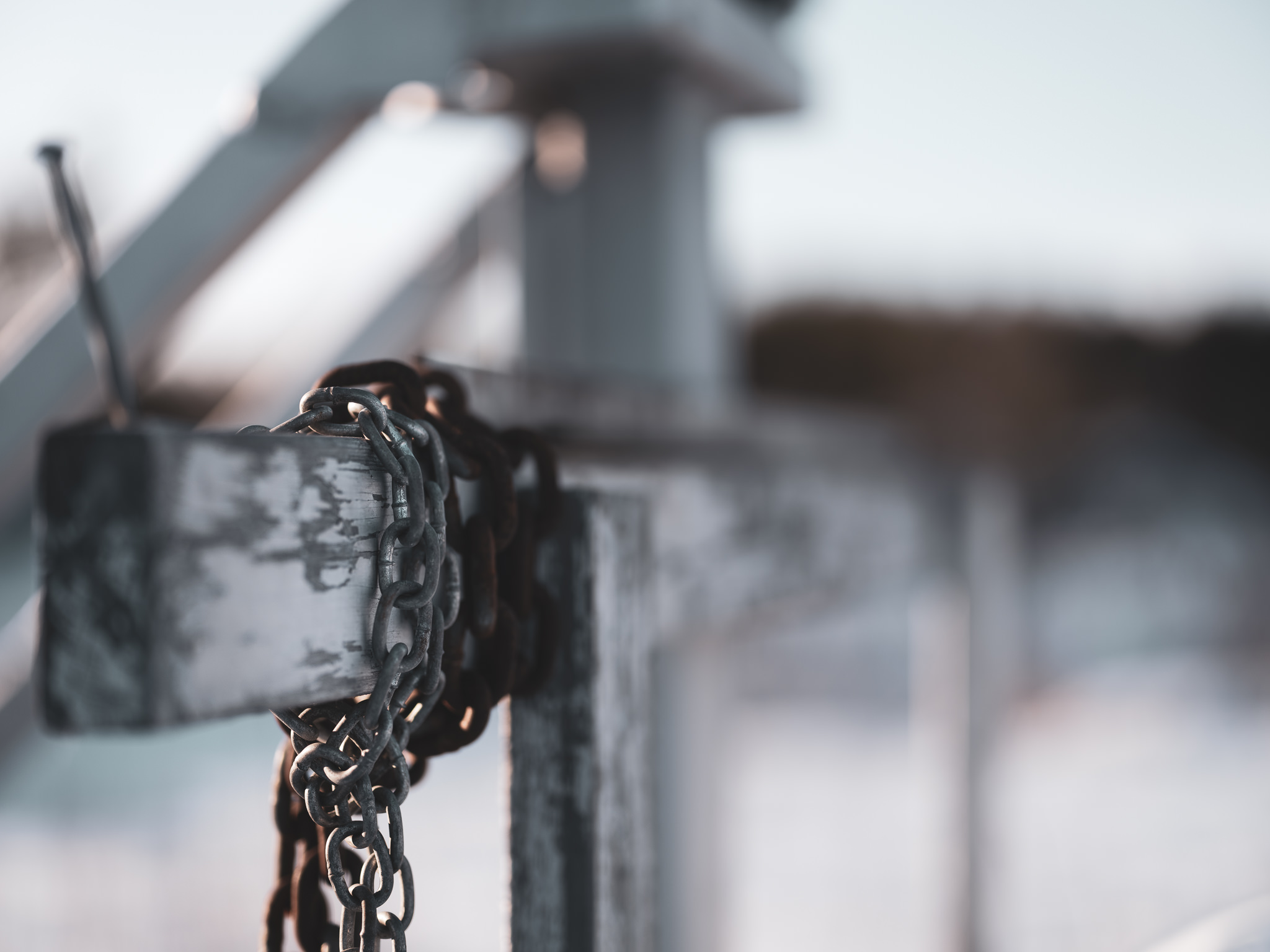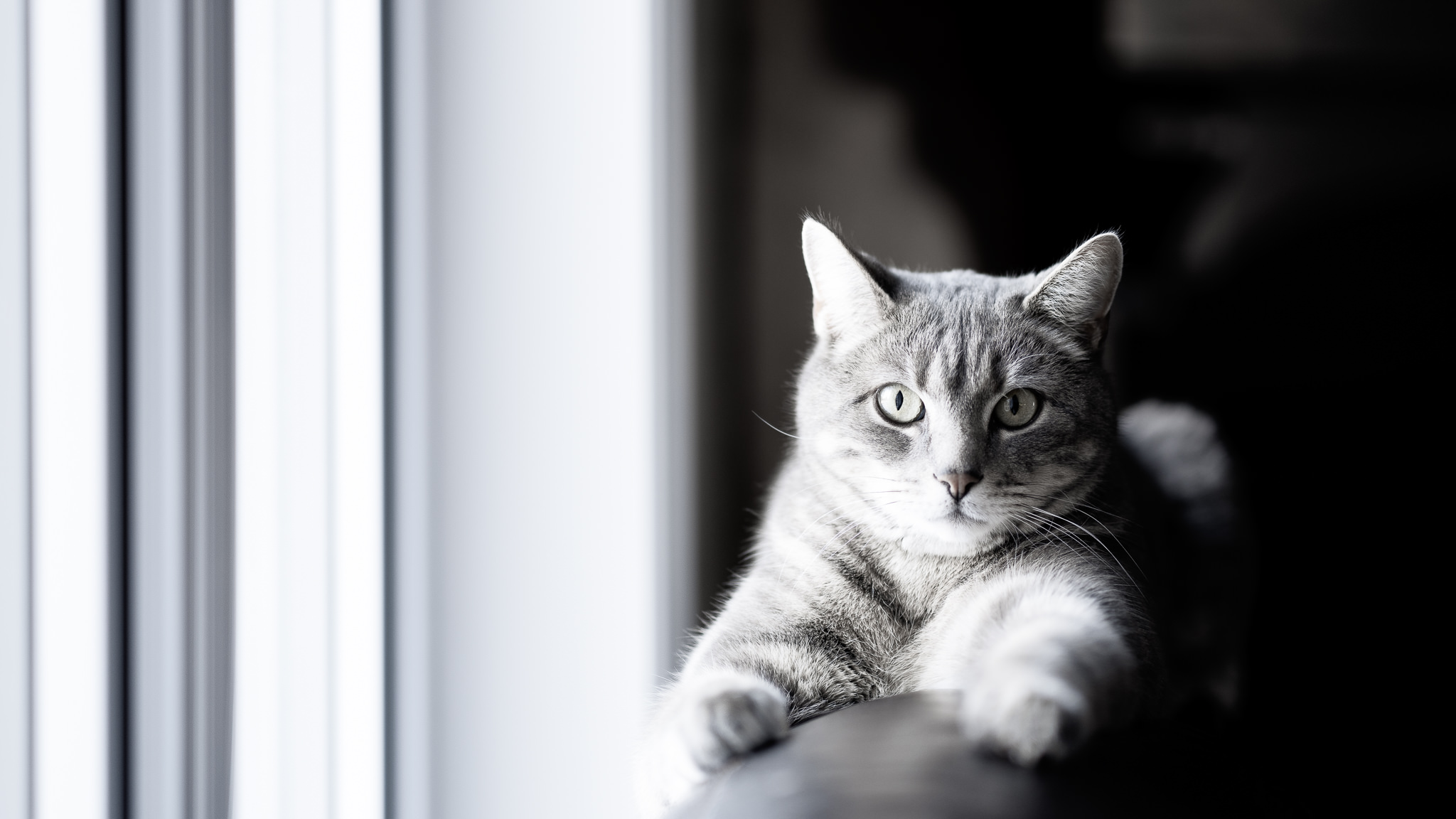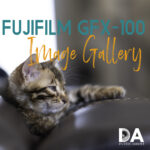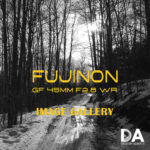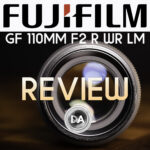All of my time spent with Fuji products to this point has been on the APS-C end of the spectrum, but I’ve had a lot of requests to dip my toes into the more extreme end of their business, which is their GFX lineup of medium format products. Fuji has been unique in their marketing strategy, as they have focused on the smaller APS-C sensor along with the larger MF sensor to the exclusion of the far more popular full frame sensor. I’ve been spending some time with their extremely high resolution Fujfilm GFX 100 camera body and its incredible 102 megapixels of resolution along with two lenses, the slightly older GF 45mm F2.8 WR and the brand new GF 80mm F1.7 WR short telephoto lens. Today’s focus is on the latter, which we’ll call the GF80 for brevity, a short telephoto that allows one to shoot environmental portraits with a nicely shallow depth of field.
Nothing about the medium format platform is small or convenient in the traditional sense. The camera body is huge (Fuji does have smaller MF bodies), and the lens are large and bulky. That’s definitely true here, with an 800g lens that is nearly as wide as it is long.
The autofocus isn’t incredibly fast or smooth, but it is hard to argue with the incredible results optically.
Reviewing a lens like this is a little complicated, as in some areas medium format cameras lag behind the more traditional full frame systems that get the lion’s share of development. Medium format gives you pretty much unparalleled levels of optical performance, but lacks the versatility in focus speed and video performance that I’ve come to expect. There’s a good chance that if you are reading this review, however, you’re already familiar with the typical medium format shortcomings, or, if not, you may find this review a little eye opening. We’ll do our best to parse out the good from the bad as we explore the performance of the GF80 together. You read on or watch either my long format definitive video review or shorter standard video review below.
Follow Me @ Patreon | My Newsletter | Instagram | Facebook | DA Merchandise | Flickr | 500px
Thanks to Fujifilm Canada for providing me a pre-production sample of the GF 80mm F1.7 WR and the GFX100 to test it on.
Fujinon GF80 Build, Handling, and Features
If you are unfamiliar with medium format and know Fuji more for X-mount, prepare to be shocked by how huge the mount size actually is. The Fuji X-mount (APS-C) is 44mm is diameter; the GF mount is a whopping 76.5mm in diameter. The Canon full frame RF mount is 54mm in diameter by comparison, closer to the APS-C size than the massive medium format dimensions. The front opening of lenses changes according to the focal length and aperture combination, but the rear diameter at the mount is consistent. You can see just how much bigger lenses are going to be from the mount onward by comparing the X-mount lens on the left with the GF80 on the right:
The bottom line is that GF lenses are going to be bigger at least in diameter than most lenses for other systems because of that baseline difference. That aside, however, how does the lens compare to other similar lenses? Here’s a quick spec comparison.
The most similar lens to compare to is the Hasselblad XCD 80mm F1.9, a lens that shares the focal length and has a similar (though slightly smaller) maximum aperture. The Hasselblad lens is longer (112 vs 99.2mm), considerably heavier (1044 vs 795g), and costs more than twice as much money ($4845 vs $2299 USD). The Hasselblad is slightly narrower, however (84 vs 94.7mm) So, relative to the competition, Fuji has created a smaller, lighter, cheaper alternative, though as with everything medium format, “cheaper” is a relative term!
The GF80’s profile is relatively squat, as it is almost as wide (95mm) as it is long (99.2mm).
In an absolute sense, the lens isn’t actually large or heavy, though the thick girth of the lens does lend itself to that impression. The GF 110mm F2 WR is another relatively similar lens, and is also considerably larger and heavier (though it does tackle a slightly more extreme focal length/aperture combination).
The industry standard for focal lengths is the full frame/35mm standard, where the 80mm MF lens has a 63mm focal length equivalent. While F1.7 doesn’t sound very impressive as a maximum aperture if you’re accustomed to full frame or APS-C lenses, this is (according to Fuji) the “brightest” (widest aperture) lens available for medium format. Aperture is a somewhat tricky subject, as there is no simple “equivalency” like there is for focal length. An F2.8 aperture, for example, is a constant measurement of the physical opening of a lens’ iris whether on APS-C, full frame, or medium format. So, for light gathering purposes, an F2.8 aperture will produce the same exposure on all three systems.
So, that’s one answer. F1.7 on medium format is the same as F1.7 on full frame when it comes to how much light can pass through it.
But that’s not the whole picture, as depth of field varies radically depending on the sensor size. Medium format lenses often have relatively small maximum aperture sizes but yet can produce amazingly shallow depth of field results with lovely, creamy bokeh. The “crop factor” relative to the 35mm sensor size of Fuji’s GFX mount is 0.79, which means that the GF80 will perform similarly to a full frame 65mm F1.3 lens for framing and depth of field, though the light gathering potential of the lens is only F1.7. Confused yet?
Up front we have a fairly common 77mm filter size that is actually shared by all three lenses that I used as comparison points. The included hood is nothing particularly special; it is plastic, quite large, with a smooth satin finish that hopefully won’t be too susceptible to marking (a frequent problem with a smooth rather than flocked finish). It does have a lock to make sure that it doesn’t get inadvertently bumped loose.
Putting the hood in place dramatically increases the size of the lens.
The GF80 has a rubber gasket at the lens mount, internal seals, and a fluorine coating on the front element to give it a professional grade of weather resistance. This is what the WR in the name stands for.
The aperture diaphragm has nine rounded blades to help maintain a circular shape when the lens is stopped down. Here’s a look at F1.7, F2.8, and F4:
You can see a bit of a trend towards bokeh becoming a bit lemon-shaped towards the edge, but overall everything looks pretty good.
Minimum focus distance is 70cm (2.3 feet), and the lens produces a rather average 0.15x magnification figure at that focus distance.
The upside is that the plane of focus is nice and flat and detail and contrast looks good. No macro lens, obviously, but still useful for creative depth of field work.
The lens design and features on the lens is going to be instantly familiar to anyone who spent any time with Fuji lenses. There is a dual approach to aperture with both a manual aperture ring along with an “A” mode (automatic) that allows aperture to be controlled within camera. On GF lenses there is also a “C” mode, which stands for command, giving you yet another way (command dial) to control aperture. The “R” in the lens name refers to this aperture ring.
The focus ring is wide and rubberized, and that section of the lens is the largest in diameter. Your hand will fall naturally to that area. The damping and precision is fairly good, though, as per usual on Fuji cameras, it will take a lot of rotations on the focus ring to make any major focus changes. It is better used to fine tune focus if you want a slightly different focus point than what AF selects.
There are no switches on the lens barrel. AF/MF will be handled by on camera controls, and there is no focus limiter.
The lens looks good mounted on a bigger body like the GFX-100. It has a nice profile and looks like it belongs.
All in all, this is a nicely made lens with no surprises…either good or bad in the design or handling of the lens.
Autofocus and Video Performance
While I am utterly delighted on the image quality front of medium format, autofocus is unfortunately a step back from what I’ve come to expect from modern cameras. I understand that Fuji is actually providing a relatively decent autofocus performance by medium format standards (I’ll have to take others word for that), but compared to modern full frame cameras from Canon and Sony the autofocus experience is rather primitive. In some ways it is relatively close to what I’ve seen, on, say the X-T3 or X-T4, but in other ways that definitely isn’t true. The GF80 utilizes a DC motor to drive autofocus, but it is far from quiet or smooth in operation. Even when shooting stills there is a fair bit of visible stepping as the lens settles on focus, and that visible action is accompanied by a variety of hums, whirs, and sliding sounds as the focusing group of elements shuffles around. The process of focus is not particularly inspiring, though in most cases I ended up with accurate focus in the end.
As noted, there are elements like typical focus on a smaller format Fuji body. Eye AF tracking, for example, is quite similar. I would even say I had more consistent focus results in terms of identifying an eye and tracking it at a variety of focus distances, whether it be up close:
…or further away:
One thing I noted, though, is that where depth of field is very shallow, the eyelashes are more likely to be in focus than the actual iris of the eye, which is actually a bit of front focus.
It is the utterly ridiculous amount of resolution available on the 102MP GFX-100 that allows me to note and complain about this. Still, I do want to note that autofocus performs in what is its most important task – delivering accurate focus for portrait work. I had very consistent, repeatable results in my portrait sessions even if the focus process left a little to be desired.
One part of that process that is unique to the GF80 (at least compared to the GF 45mm F2.8 I was using and reviewing at the same time) is a bit of “double-clutch” action at the moment you click the shutter. It seems like the lens does a final revision of focus before the shutter clicks, creating a bit of lag between the moment you click the shutter and the photo is taken. It’s a bit disconcerting at first, though you start to accept it as normal behavior after a while. This might play into an area where focus isn’t up to snuff when compared to some of the XF lenses and cameras. Trying to capture action with this camera/lens combination is a bit of a joke. Autofocus just doesn’t keep up with a moving subject…and that shutter/focus lag doesn’t help. I tried to catch a photo of my cat as he started to jump out of the snow. I got 102MP of blurriness for my troubles:
Don’t expect to see any medium format cameras on the sidelines of sporting events anytime soon!
Another area of essentially unacceptable focus performance is when trying to shoot video and create focus pulls. I recognize at this point that it is near impossible to parse out where blame belongs to the camera and where it belongs to the lens. What is largely due to the camera is the often complete reluctance to attempt a focus pull when shooting video. I did my standard test with a focus point on the foreground, with both a mid and distant object to cycle focus through. This is standardized test using the same elements every time, so I have a baseline of dozens if not over a hundred lenses to compare to. This was perhaps the worst performance I’ve seen, though. Often I would touch another object on the screen and wait (there is a fair bit of lag between input and focus actually occurring in this scenario), but often nothing would ever happen. The camera/lens would just refuse to change focus.
Frustrating.
When I could get the focus to move, there are several different noises as focus moved to almost the right point, but there would be a pause, another whir, and then focus would settle in to the right position…most of the time. Without that final pulse, focus was often either back or front focused. There was also occasions where focus went the wrong direction and cycled before heading the right direction. If I was in the foreground and chose a point in the background, focus would sometimes completely defocus towards minimum and only then move the correct direction.
I’m thankful, obviously, that video is an option on the GFX cameras, and the footage quality is pretty good, but if you got into medium format for the video, you’ve probably wasted your money.
This is a lens designed really for shooting either still or slowly moving subjects and when you have a bit of time for the lens to get to where it needs to be and nail focus. When you meet the right criteria the lens delivers accurately focused results.
I suspect that if you are a medium format shooter, you are well aware of the focus limitations of the current medium format cameras, which are much better than what MF cameras used to be but nowhere near the excellent standard of, say, a Canon EOS R5 or Sony a7RIV/A1 camera. Focus quality on the GF80 wasn’t as good as the GF 45mm F2.8 that I had at the same time, but I suspect that has a lot to do with the larger, heavier elements in this wide aperture lens. The best I can say is that focus accuracy was pretty good, but the quality of focus is only adequate. The lens performed best when shooting portraits, which is what matters most in the end.
Fujinon GF80 Image Quality
Ahhh, it’s a relief to move past that last section, as this lens is real treat optically.
The GF 80mm F1.7 utilizes an optical formula of 12 elements in nine groups, including one aspherical and two ED elements:
There are next to no issues with vignette and distortion. I saw so little distortion that I didn’t even attempt to correct it, and there is an extremely mild +28 of vignette correction in my manual correction on the right:
I don’t know if RAW images are receiving some processing in camera, or if there just isn’t much in terms of vignette and distortion there. Either way, what you receive into post software is very clean.
There’s a bit more to see in the longitudinal chromatic aberration (LoCA) department, though nothing major for what is a very bright aperture and such a high resolution camera.
On a rare occasion I could see a bit of fringing in extremely high contrast lighting, but only when pixel peeping.
That’s really a pretty good result considering that this is a faster aperture than other medium format lenses and it is being examined on a punishing 102MP sensor.
So let’s see how that plays out for resolution and contrast. One minor note before we jump into the chart tests. My chart is designed for the typical 3:2 ratio of full frame and APS-C cameras, but the GFX-100 has a squarer 4:3 ratio, meaning that the corners of the chart don’t quite line up with the corners of the sensor. No big deal other than I’m sampling a little further from the extreme corner than usual. Here’s a look at my test chart:
And here are the high magnification crops from across the frame (center | midframe | corner):
First of all, I’ve never see more detail out of my test bills than what I saw in this test. I had never noticed, for example, the squiggly eyebrows on the Prime Minister from my midframe test.
That’s incredible.
The corners are good but not as exceptional at F1.7 as the rest of the frame. The acuity and contrast aren’t as high that far into the corners, though that’s hardly unusual in a lens optimized for portraiture.
Stopping down to F2 doesn’t make a major difference other than a minor contrast boost, but at F2.8 the contrast and resolution is picking up in the corners.
Shoot at F5.6 or F8 and you’ll find corners as sharp as the center of the frame.
I saw that wondrous resolution in the field, too, where something as simple as this rusty old hinge on the side of a barn showed texture and detail information like I’ve never seen before:
You can easily create images from within images on a sensor and with a lens like this. The second shot below is crop from deep within this image, and it is still nearly 24 MP of resolution – higher than the native resolution of most of the cameras I was shooting on five years ago!
Or how about this creative crop from deep within a portrait shot at F2.8?
Bottom line is that you can get an absolutely stunning amount of detail from a lens like this, and in no way does it feel “underpowered” for this extreme sensor. You can shoot everything from portraits to landscapes with aplomb with the GF80.
I also feel like Fuji has delivered in the bokeh department, as the backgrounds are a lovely, soft offset to the intense resolution on the plane of focus.
Flare resistance was a slightly more mixed bag. When the sun or bright light just peeked into the frame, there was absolutely no problem. There’s a slight localized veiling that I found stylish. Wide open was also pretty good even with the sun right in the frame. Stopping down creates a rather interesting effect that almost looks like a prismatic grid (see photos 4 and 6 below).
All in all, though, that’s not a bad performance for a wide aperture short telephoto prime. Nothing destructive to my eye.
Feel free to check out more photos in the image gallery here to get an even greater sense of lens performance. This is a lens that can produce some stunning images.
Conclusion
The Fujinon GF 80mm F1.7 WR is an interesting addition to the slowly growing Fuji GFX catalog. It offers an interesting alternative to a traditional 50mm equivalent lens (that role is filled by the GF 63mm F2.8 WR), with a slightly tighter framing along with shallower depth of field due to the larger maximum aperture.
I like the versatility of the focal length, though the GF 110m F2 WR provides a more traditional portrait focal length and will allow portrait photographers to obliterate backgrounds a bit more. I see this as a nice lens to get a little environment into your portraits or to give you a little more versatility in the studio to control your framing.
I’m a little underwhelmed by the quality of the focus, but I’m much, much happier with the amazing image quality. It’s not as sharp in the corners as the 45mm F2.8 I was testing at the same time, but the center and mid-frame (the important part for portraits) is incredibly good. At a US Market MSRP of $2399, it’s not a cheap lens, but if you got into medium format with an eye towards saving money, you may have miscalculated! This lens falls on the high side of average for GF lenses, but obviously compared to alternatives like Hasselblad, these lenses are relative bargains. As long as you go into this purchase with realistic expectations with what the focus can and cannot do, I think you’ll be very happy with this short telephoto prime.
Pros:
- Quality build with professional grade weather sealing
- Wider maximum aperture than other medium format lenses
- Incredible center and midframe performance
- Nice bokeh quality
- Good up close performance
- Fairly strong flare resistance
- Almost no distortion
- Low vignette
- Good aberration control overall
Cons:
- Autofocus is fairly primitive
- Don’t plan on doing focus pulls in video
- Corners aren’t particularly sharp at wider apertures
Gear Used:
Purchase the Fujfilm GFX 100 camera @ B&H Photo | Amazon | Camera Canada | Amazon Canada | Ebay
Purchase the Fujinon GF 80mm F1.7 @ B&H Photo | Amazon | Camera Canada | Amazon Canada | Ebay
Purchase the Fujinon GF 45mm F2.8 @ B&H Photo | Amazon | Camera Canada | Amazon UK | Ebay
Buy DA Merchandise https://bit.ly/TWIMerch
Peak Design Slide Lite: Peak Design Store | B&H Photo | Amazon | Amazon Canada | Amazon UK
Peak Design Leash Strap: Peak Design Store | B&H Photo | Amazon | Amazon Canada | Amazon UK
BenQ SW271 4K Photo Editing Monitor – B&H Photo | Amazon | Amazon.ca | Amazon UK
Adobe Photoshop Creative Cloud 1-Year Subscription
Exposure Software X6 (Use Code “dustinabbott” to get 10% anything and everything)
Visit Dustin’s Amazon Storefront and see his favorite gear

Purchasing your gear through B&H and these links helps fund this website and keeps the articles coming. You can also make a donation here if you would like. Visit my Amazon page for some of my gear of choice! Thank you for your support.
Great News! I can now offer a 5% discount on all purchases at Amplis Foto, Canada’s Leading Photographic Supplier. Please enter discount code: AMPLIS52018DA in your cart. It is good for everything in your cart, and is stackable with other coupons, too! It will take 5% off your entire order! Proceeds go towards keeping this site going and providing you with new reviews!
Check me out on: My Patreon | Sign Up for My Newsletter | Instagram | Facebook | Twitter | Flickr | 500px | Google+ |
Use Code “DUSTINHDR” to get $10 off ($15 CDN) any Skylum product: Luminar, Aurora, or AirMagic
Purchase the Fujfilm GFX 100 camera @ B&H Photo https://bhpho.to/3k4PqGM | Amazon https://amzn.to/3jYT30P | Camera Canada https://shrsl.com/2st3f | Amazon Canada https://amzn.to/3po4JLC | Ebay http://ebay.us/yOJE1i
Purchase the Fujinon GF 80mm F1.7 @ B&H Photo https://bhpho.to/2N58YyJ | Amazon https://amzn.to/2ZsJ4XW | Camera Canada https://shrsl.com/2st7l | Amazon Canada https://amzn.to/3jVygv0 | Ebay http://ebay.us/Zw1pbc
Purchase the Fujinon GF 45mm F2.8 @ B&H Photo https://bhpho.to/3asT5eh | Amazon https://amzn.to/2NxrKys | Camera Canada https://shrsl.com/2st3l | Amazon Canada https://amzn.to/3dmGifd | Amazon UK https://amzn.to/2NxYLL5 | Ebay http://ebay.us/uKukcR
Keywords: Fujinon, Fuji, GF, GF 80mm, GF 80 1.7, Fuji 80mm F1.7, GF, 80mm, 80, 1.7, F1.7, WR, Medium Format, Fuji GFX100, GFX, 100, MF, Portrait, Bokeh, Sharpness, Resolution, Video Test, Sample Images, Real World, Fujinon GF 80mm F1.7 Review, Fuji GF 80 Review, review, Dustin Abbott


